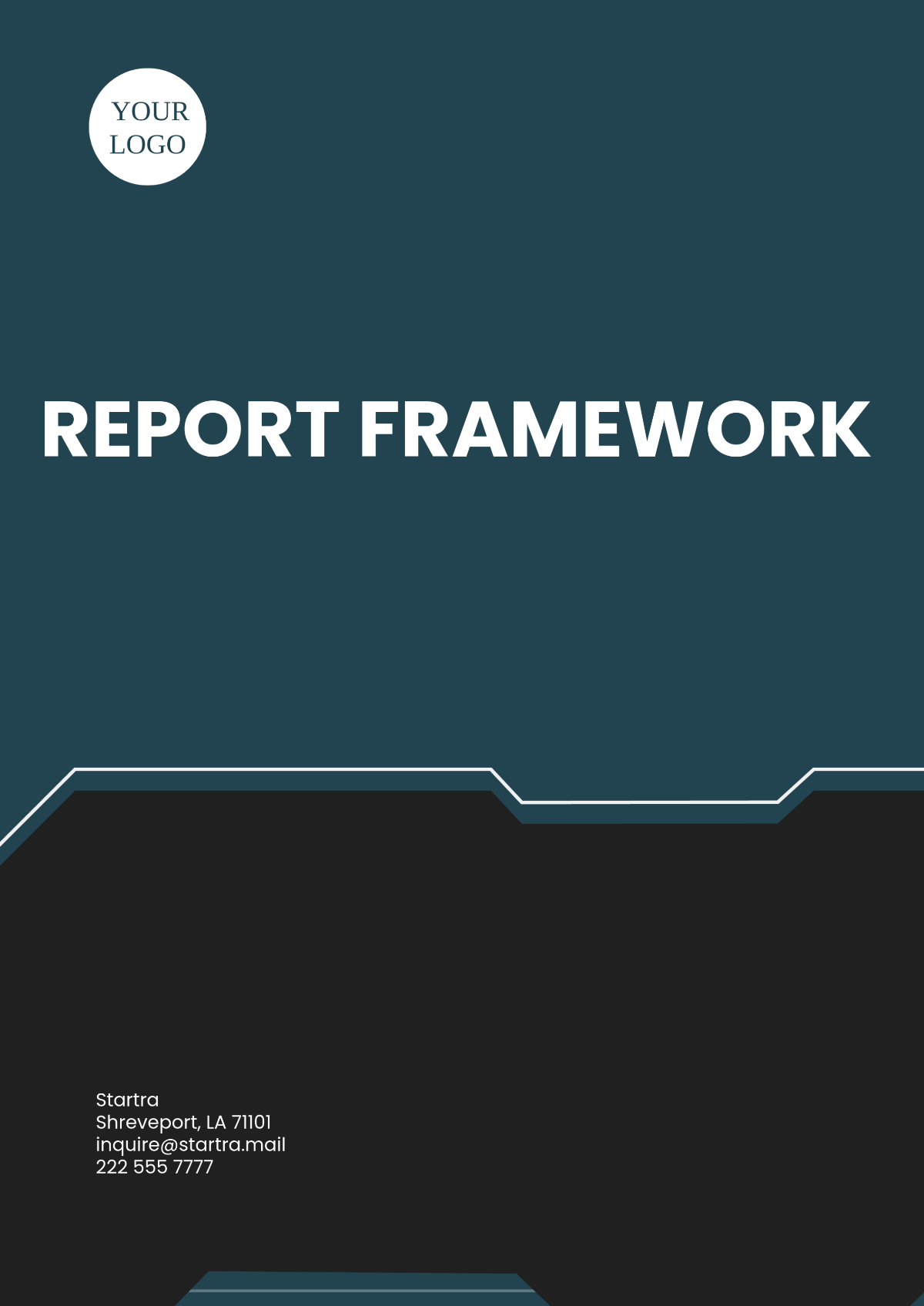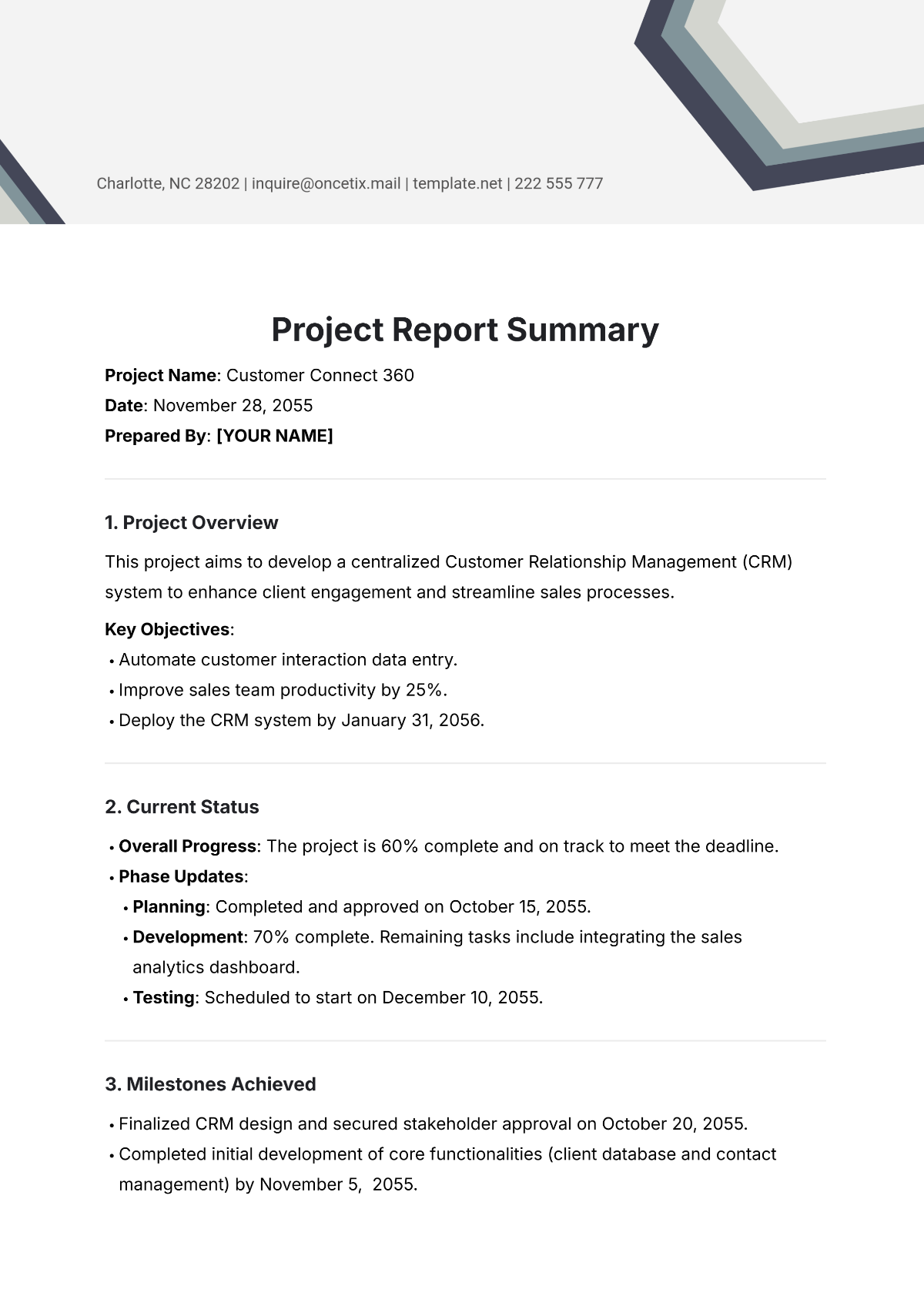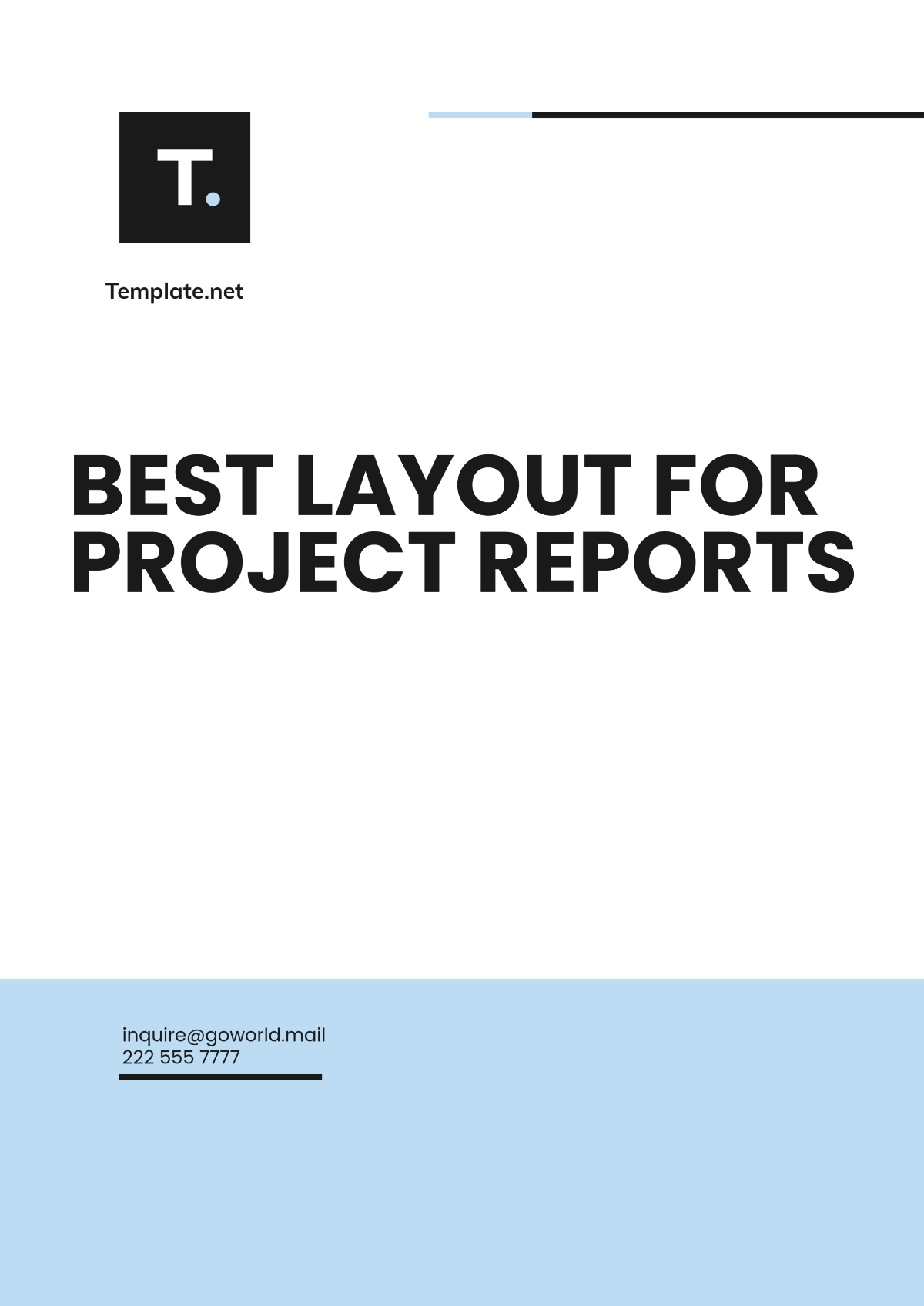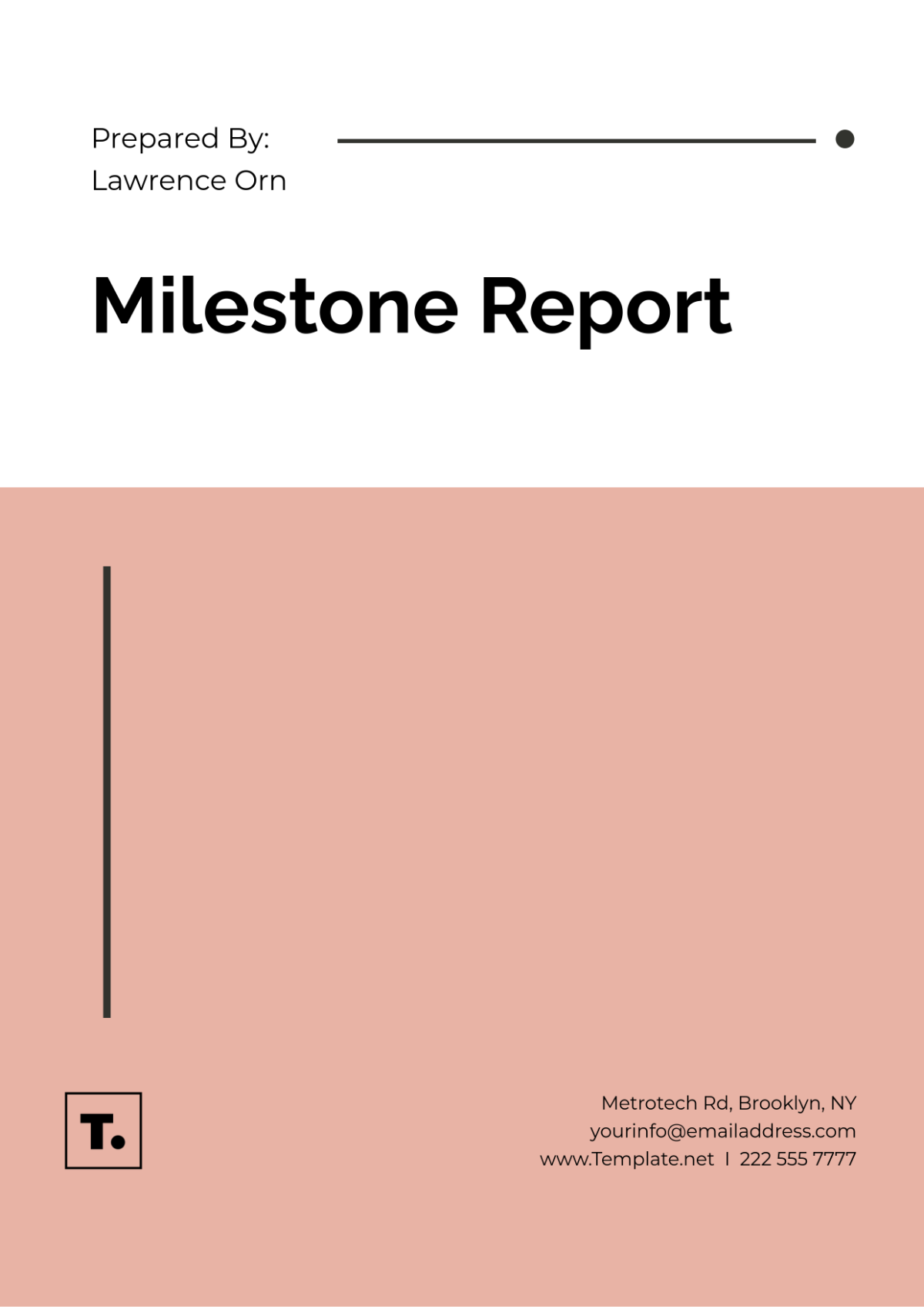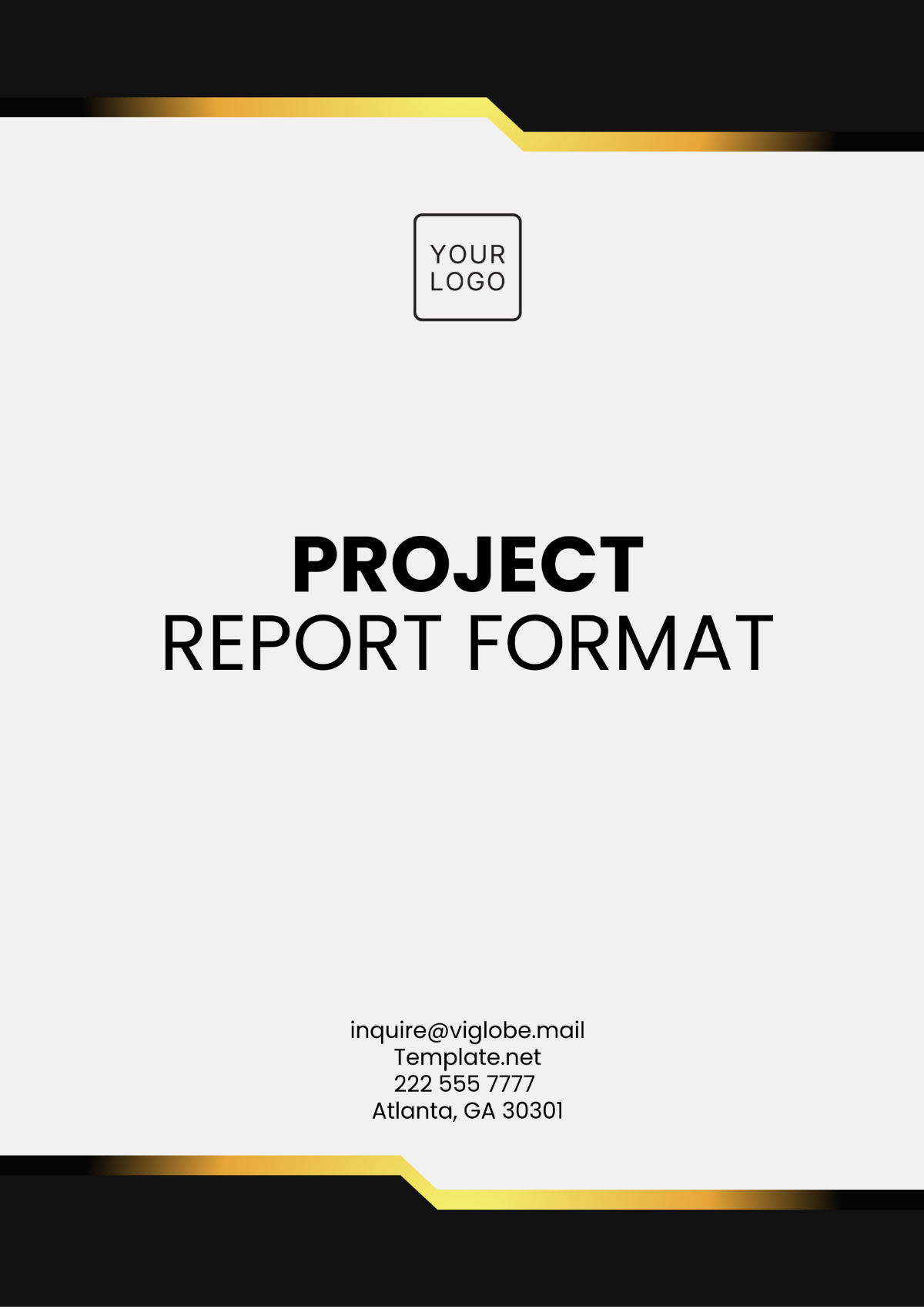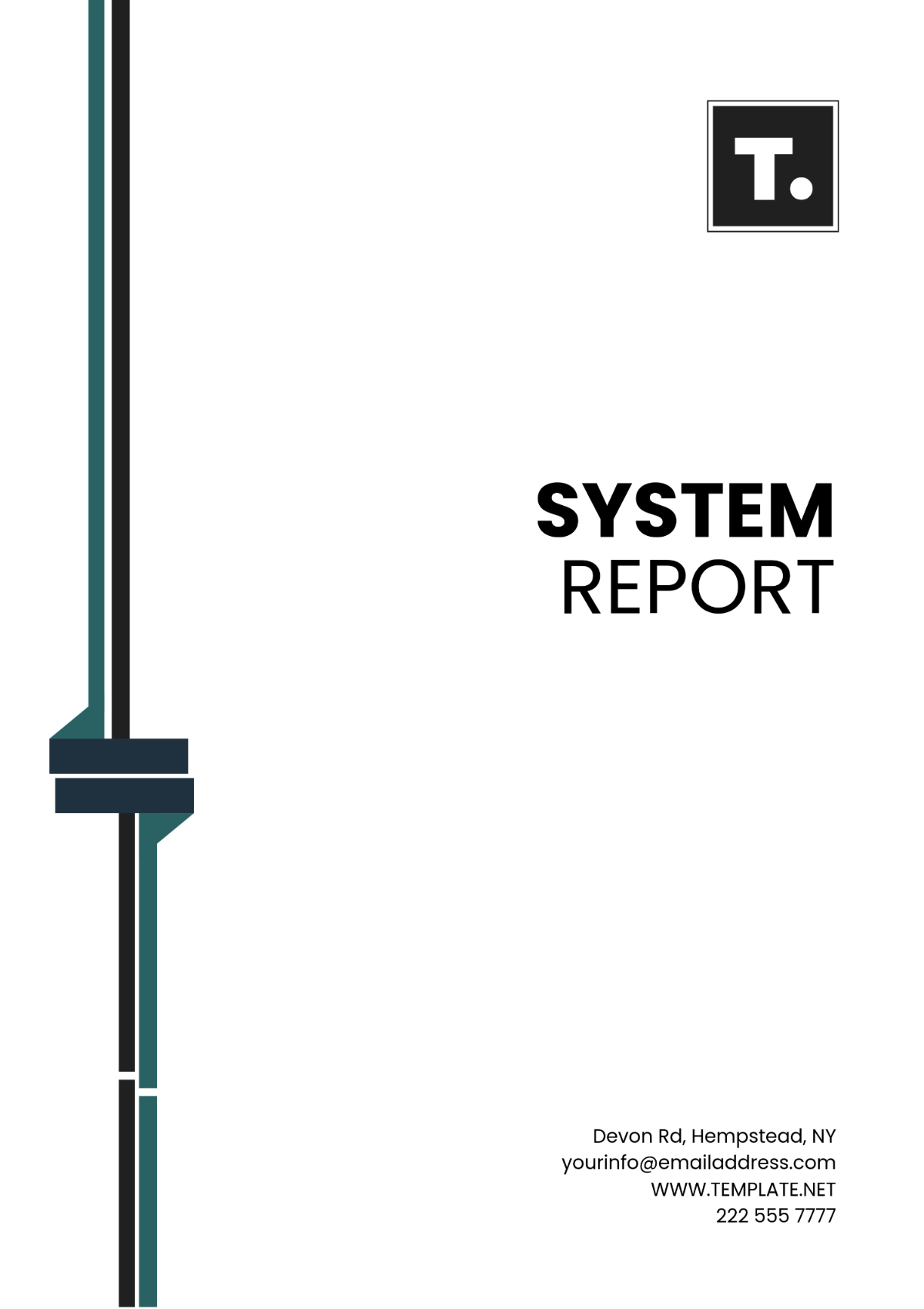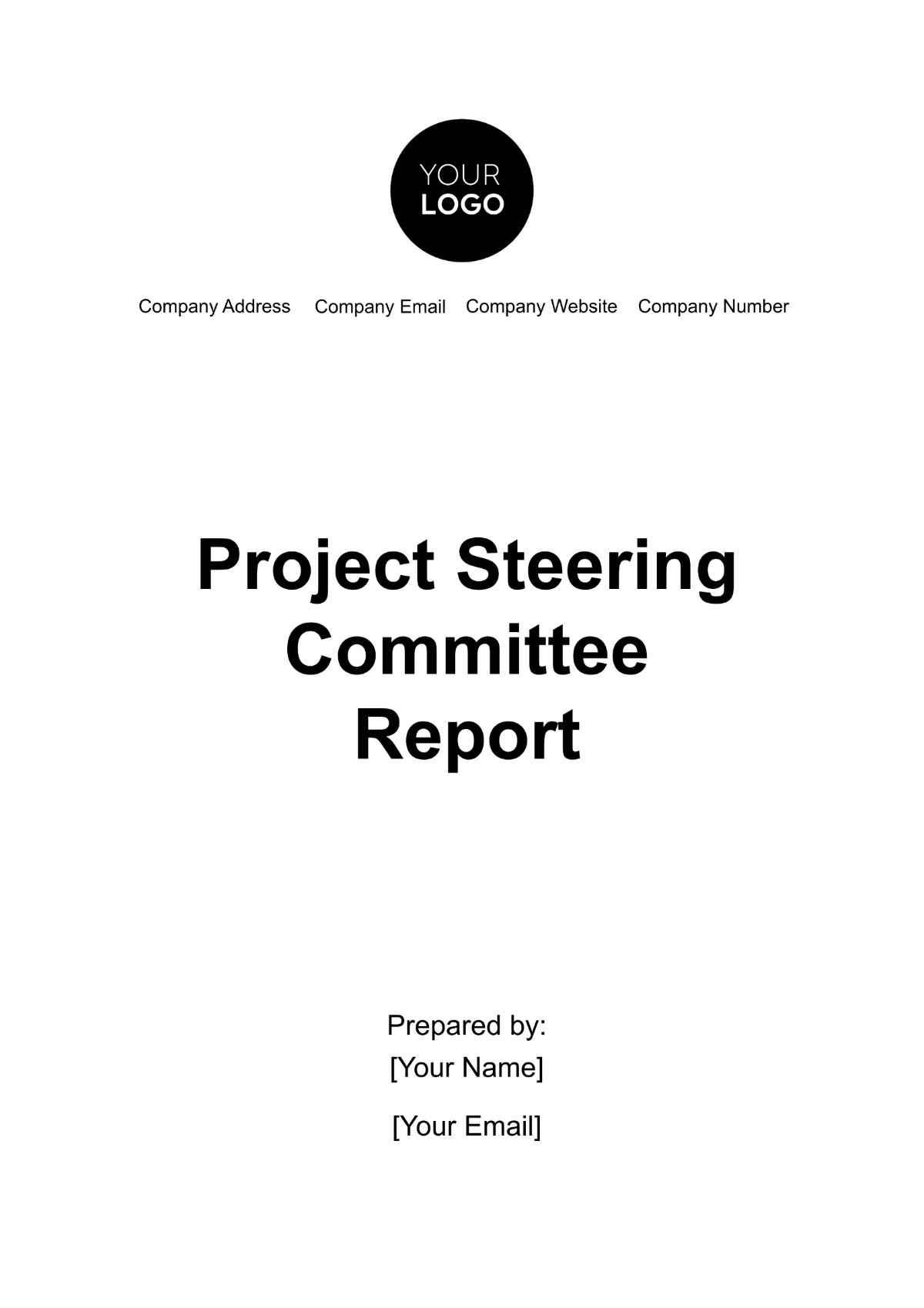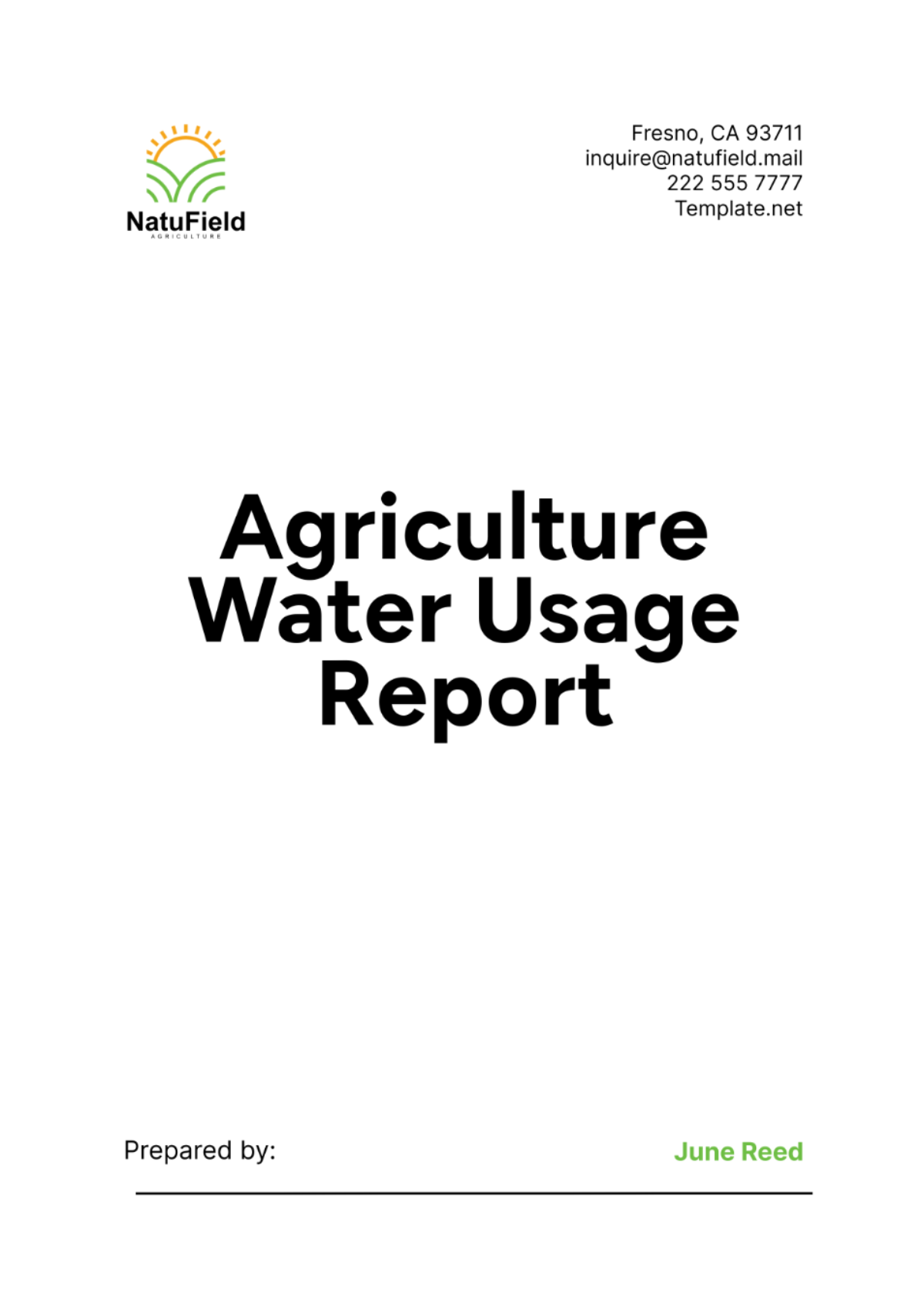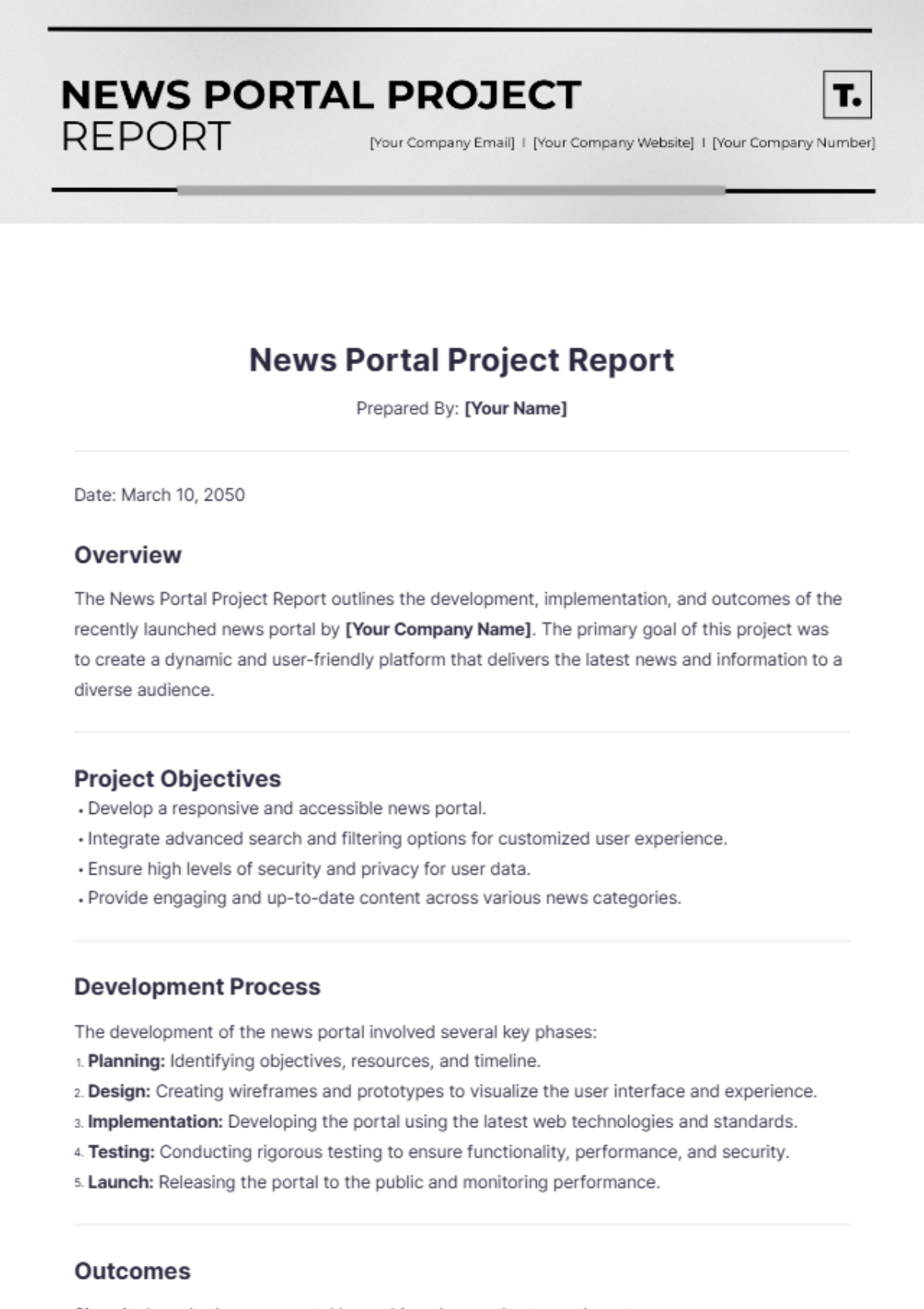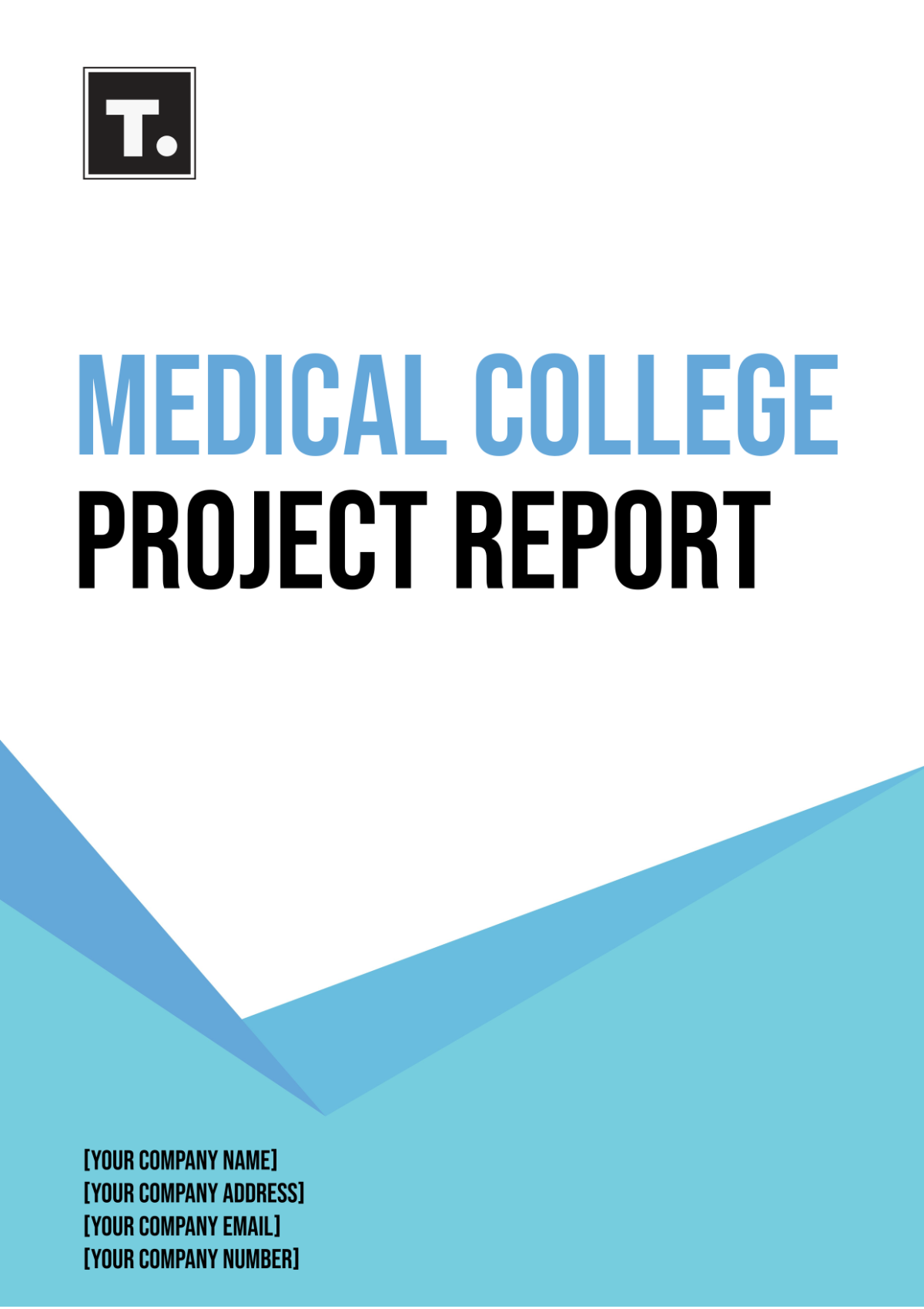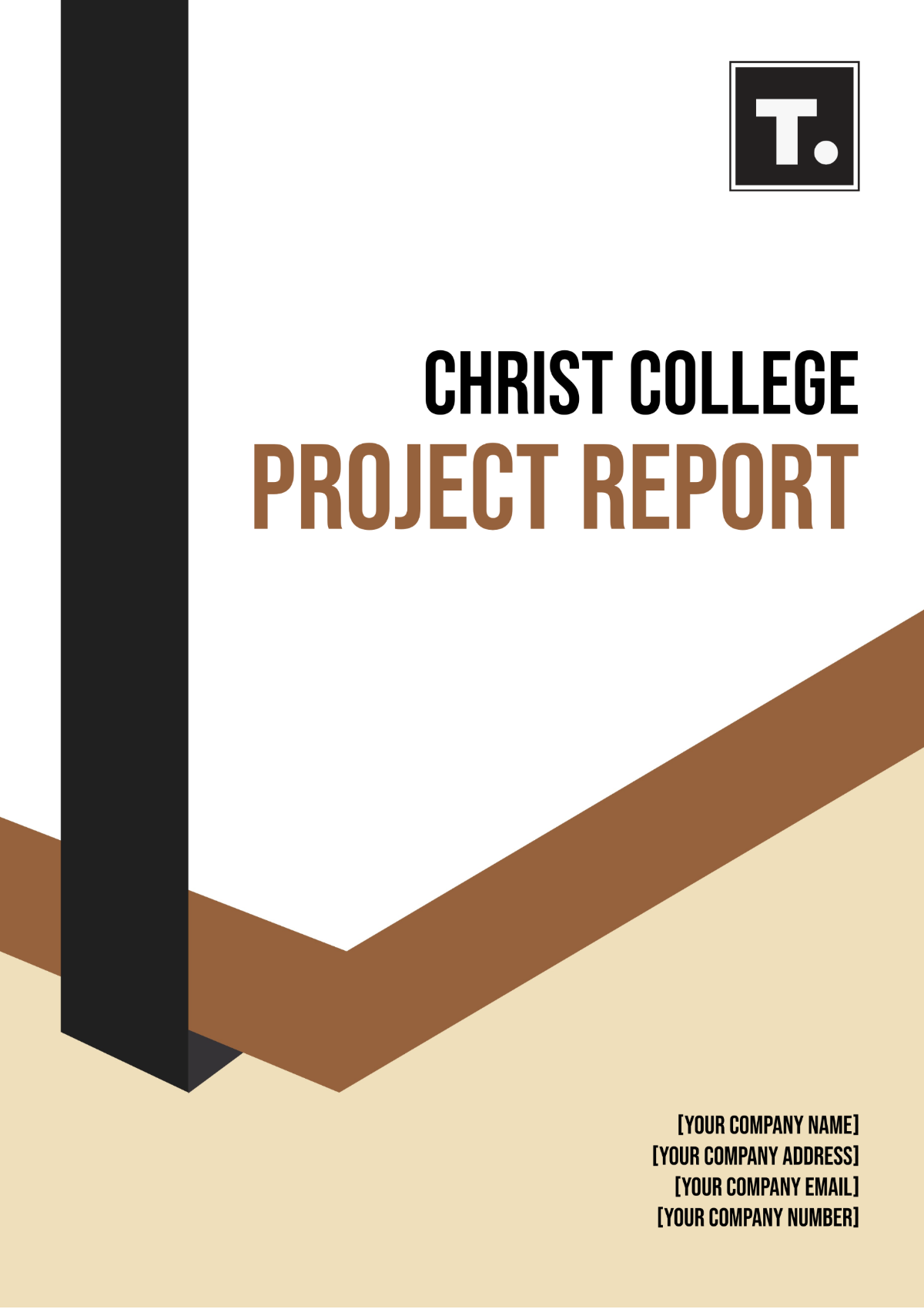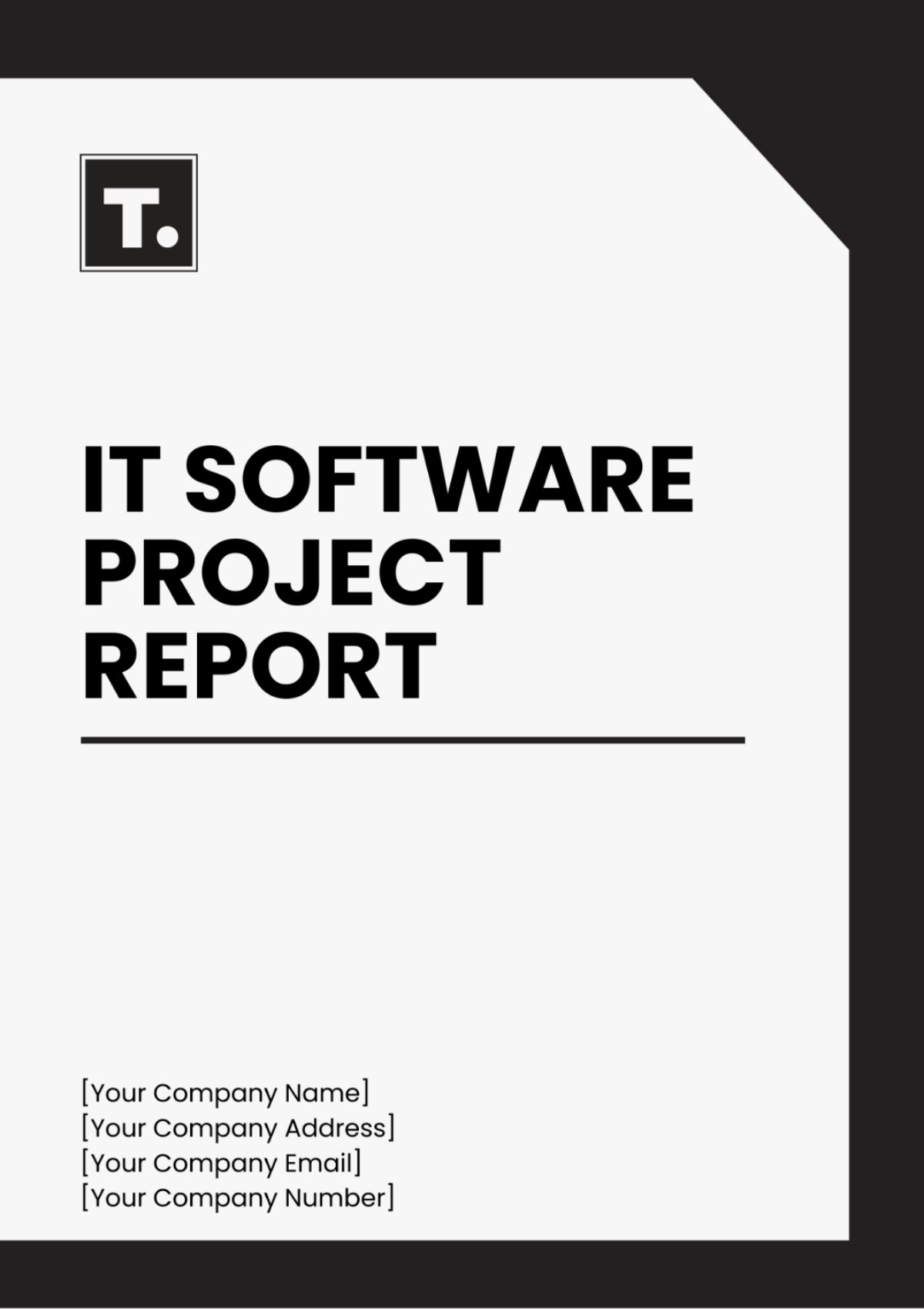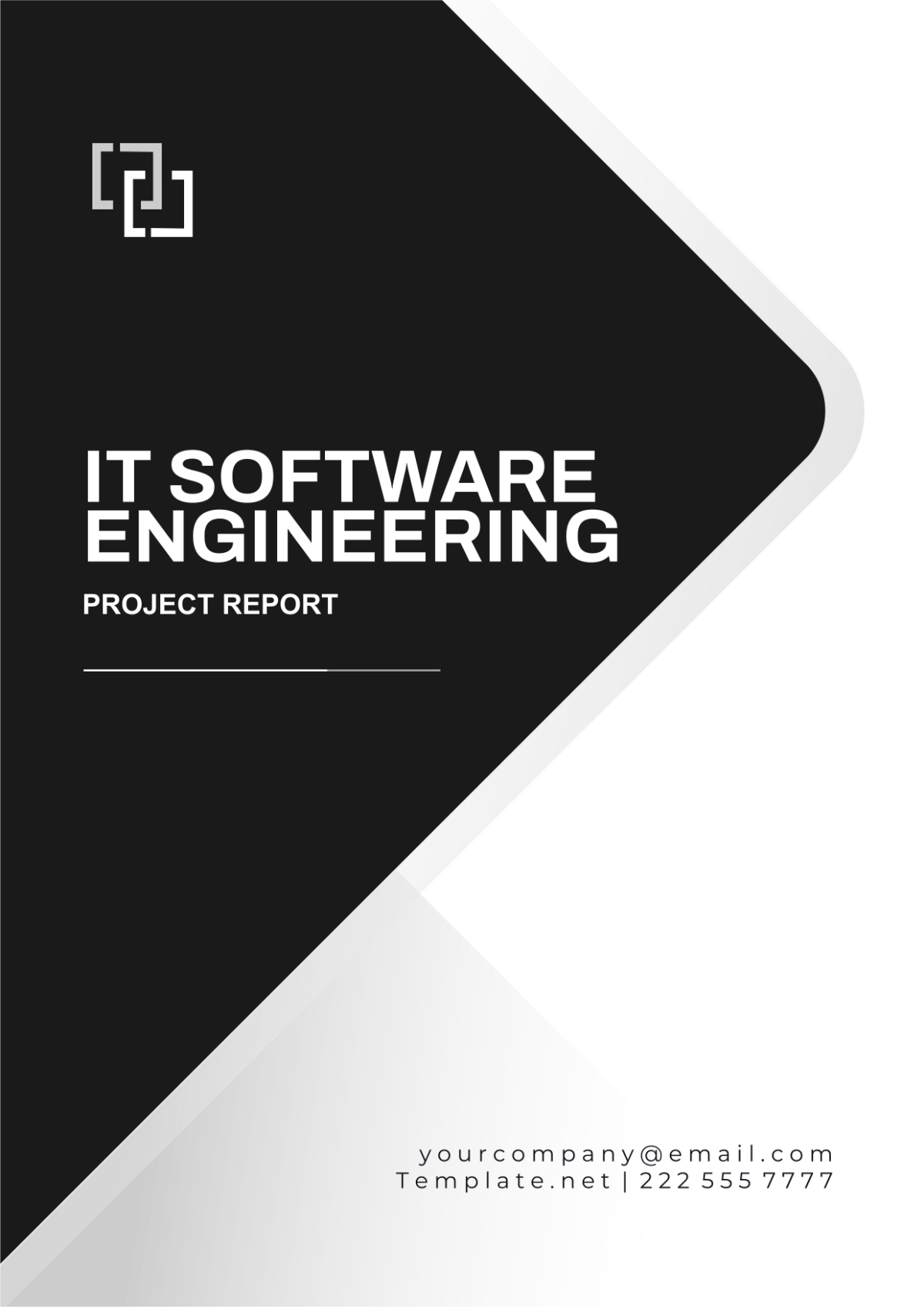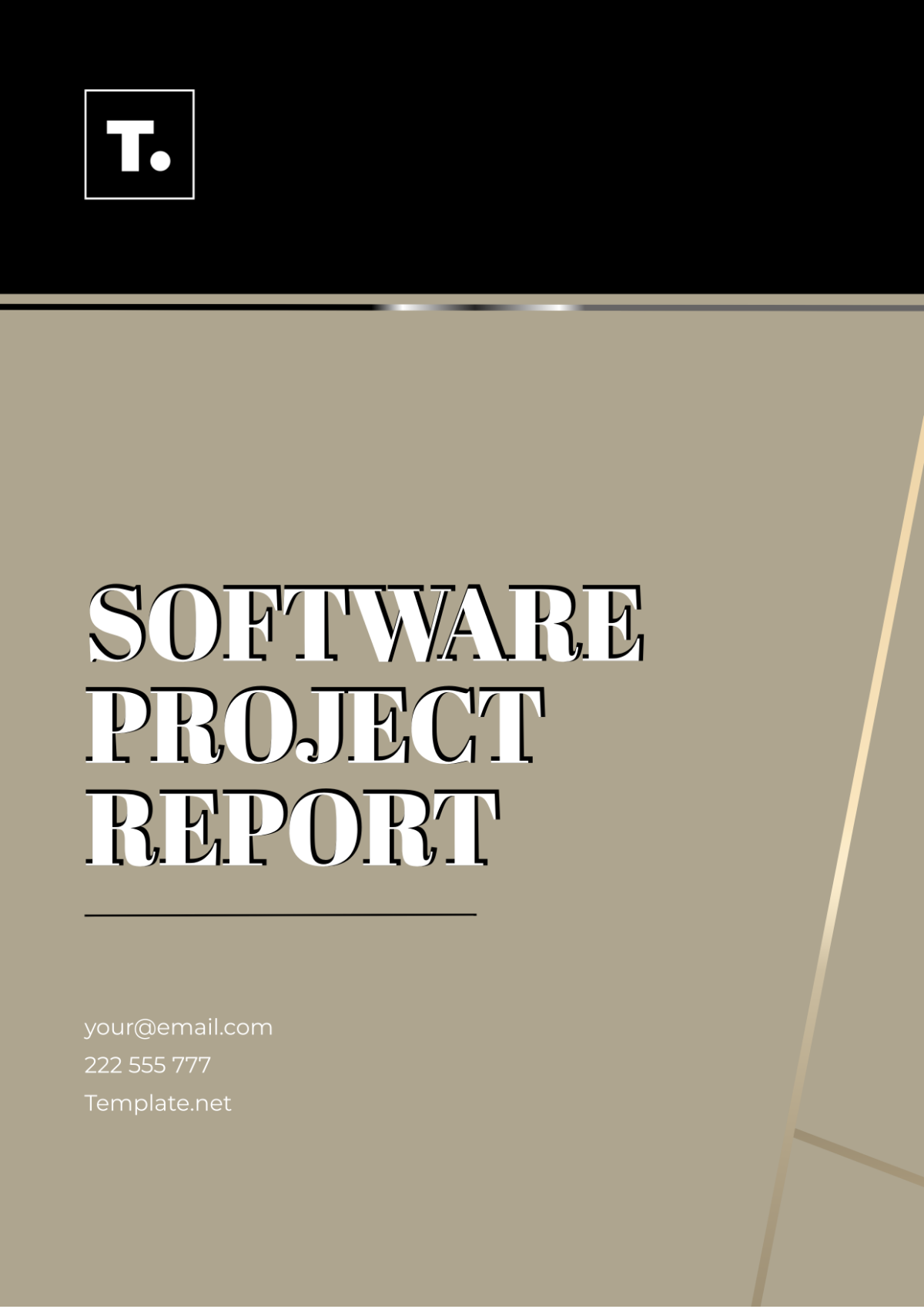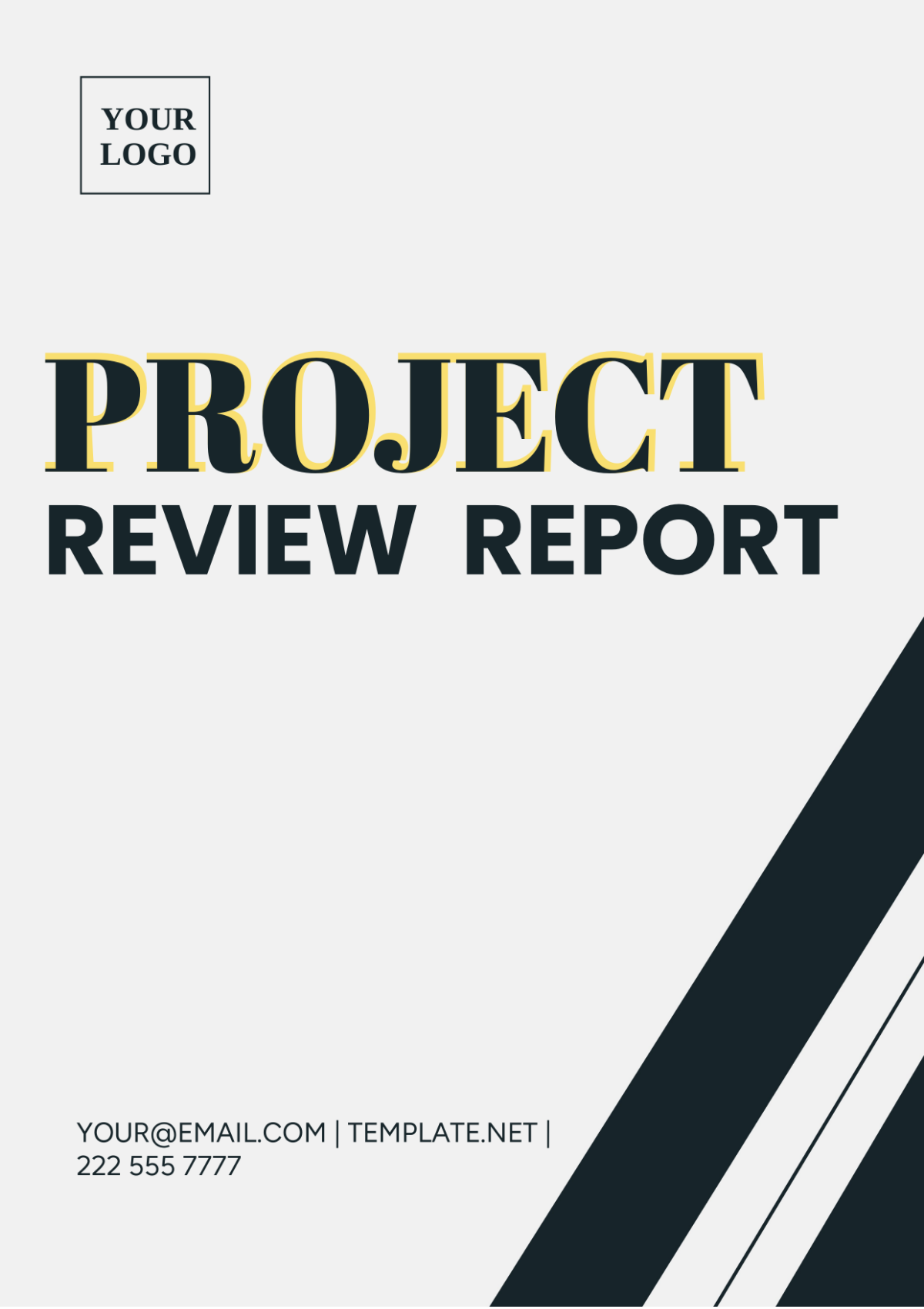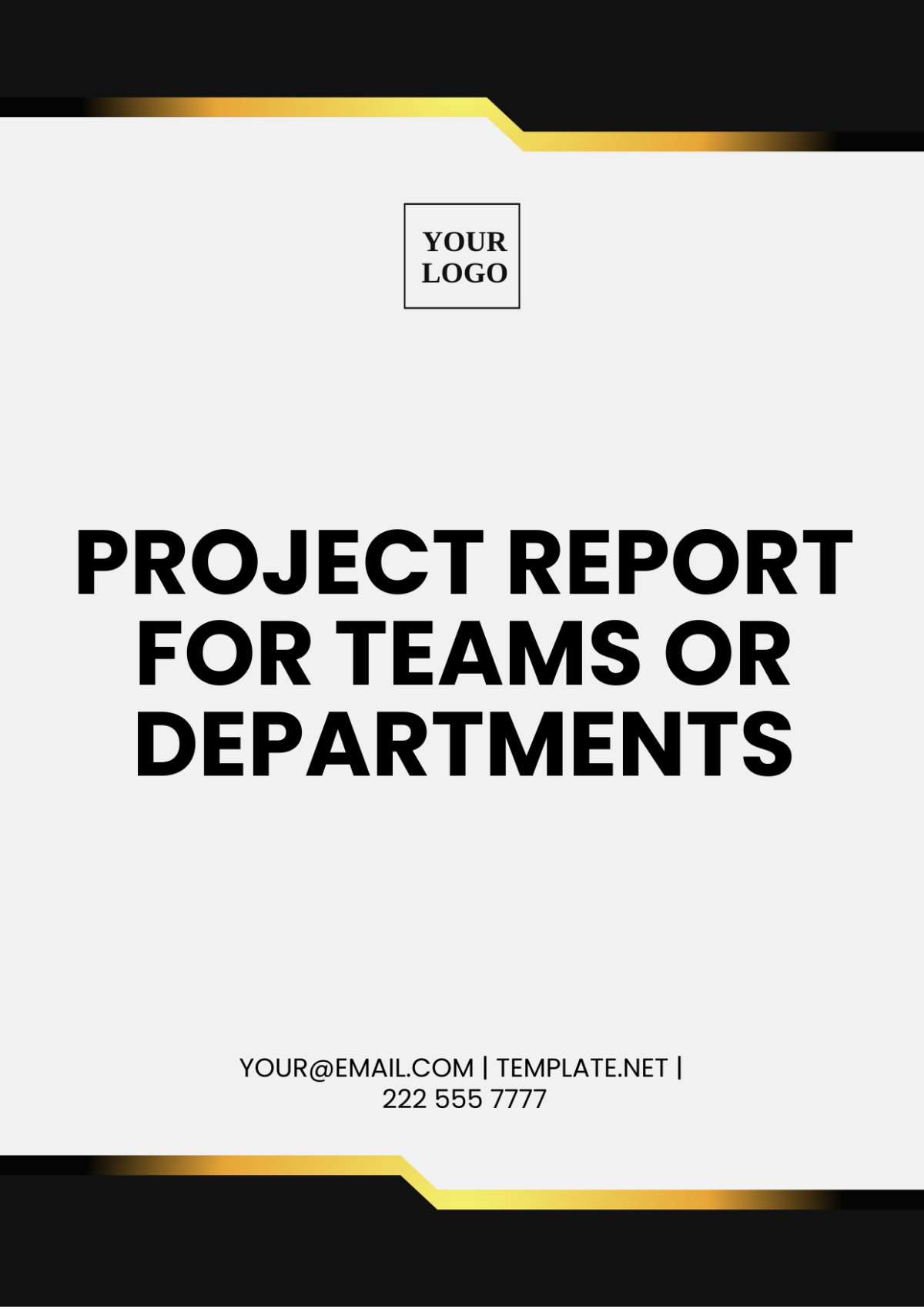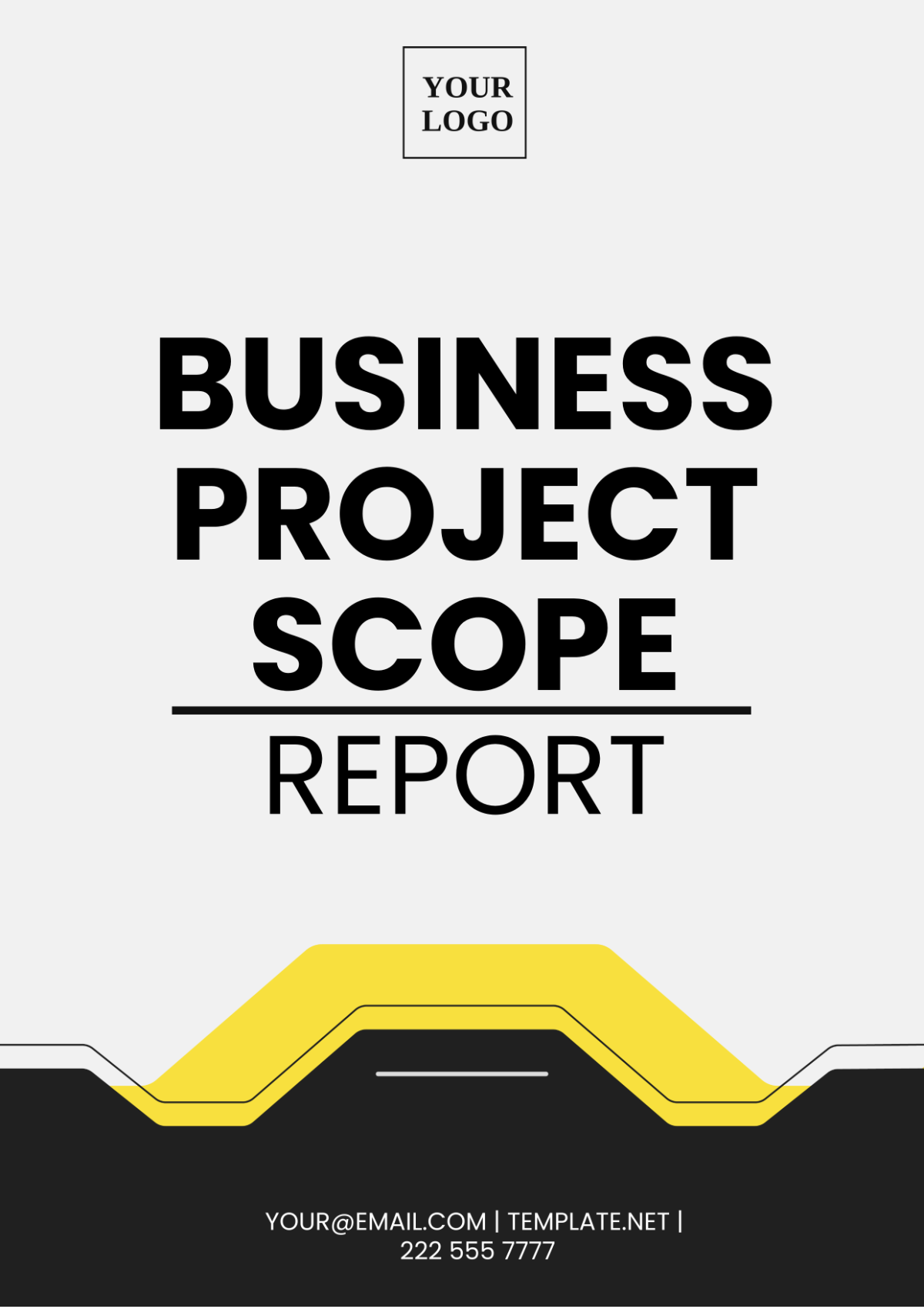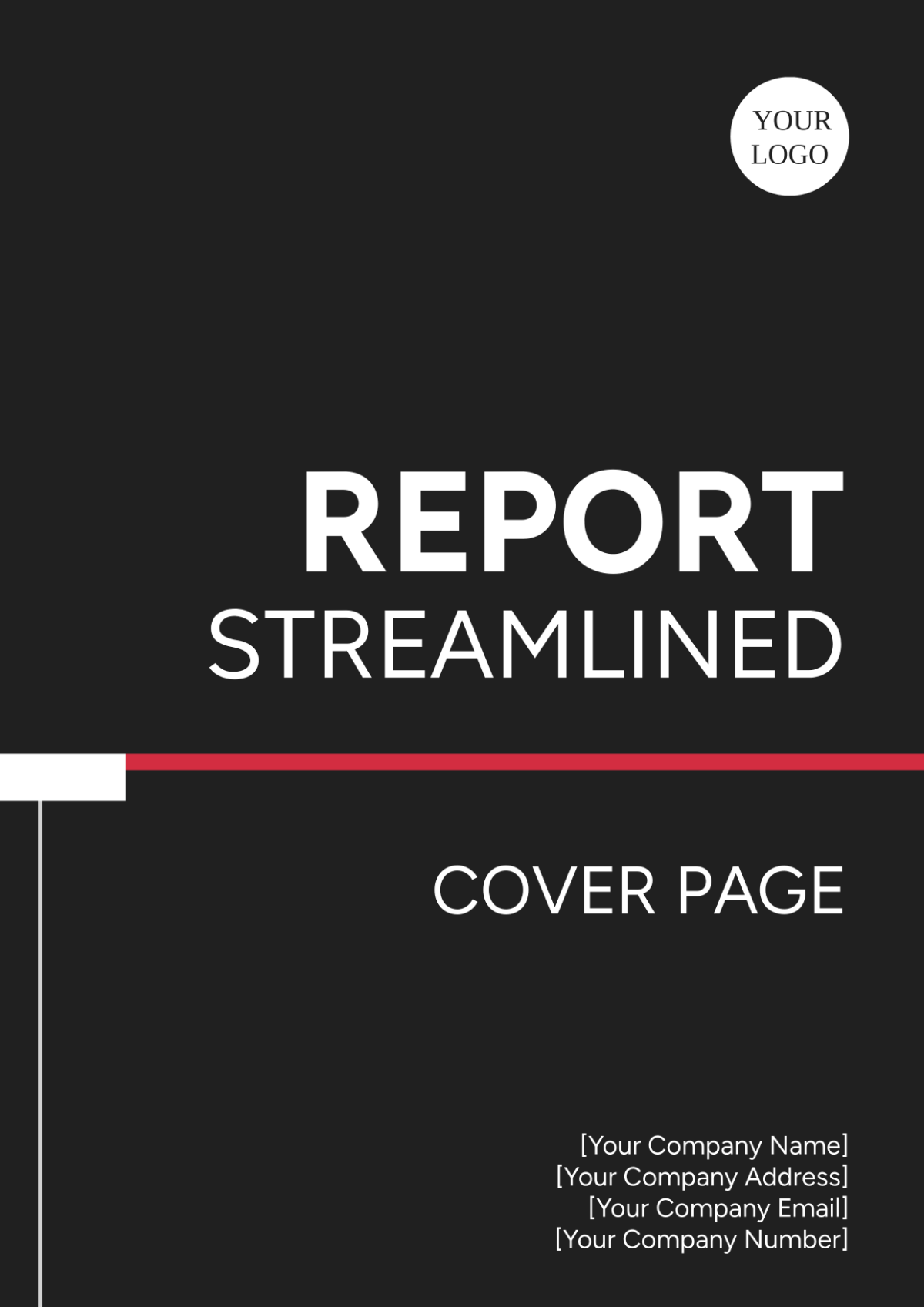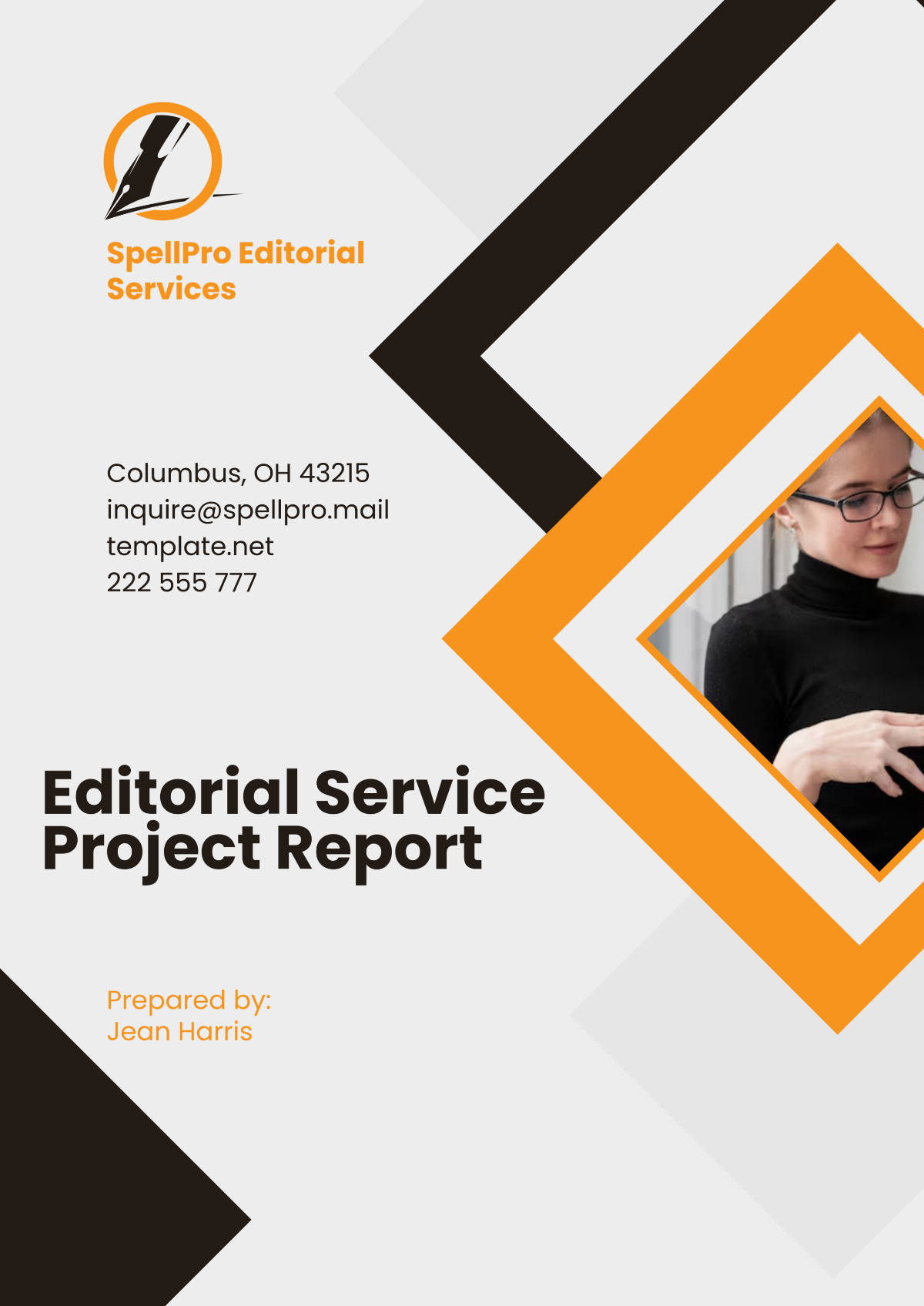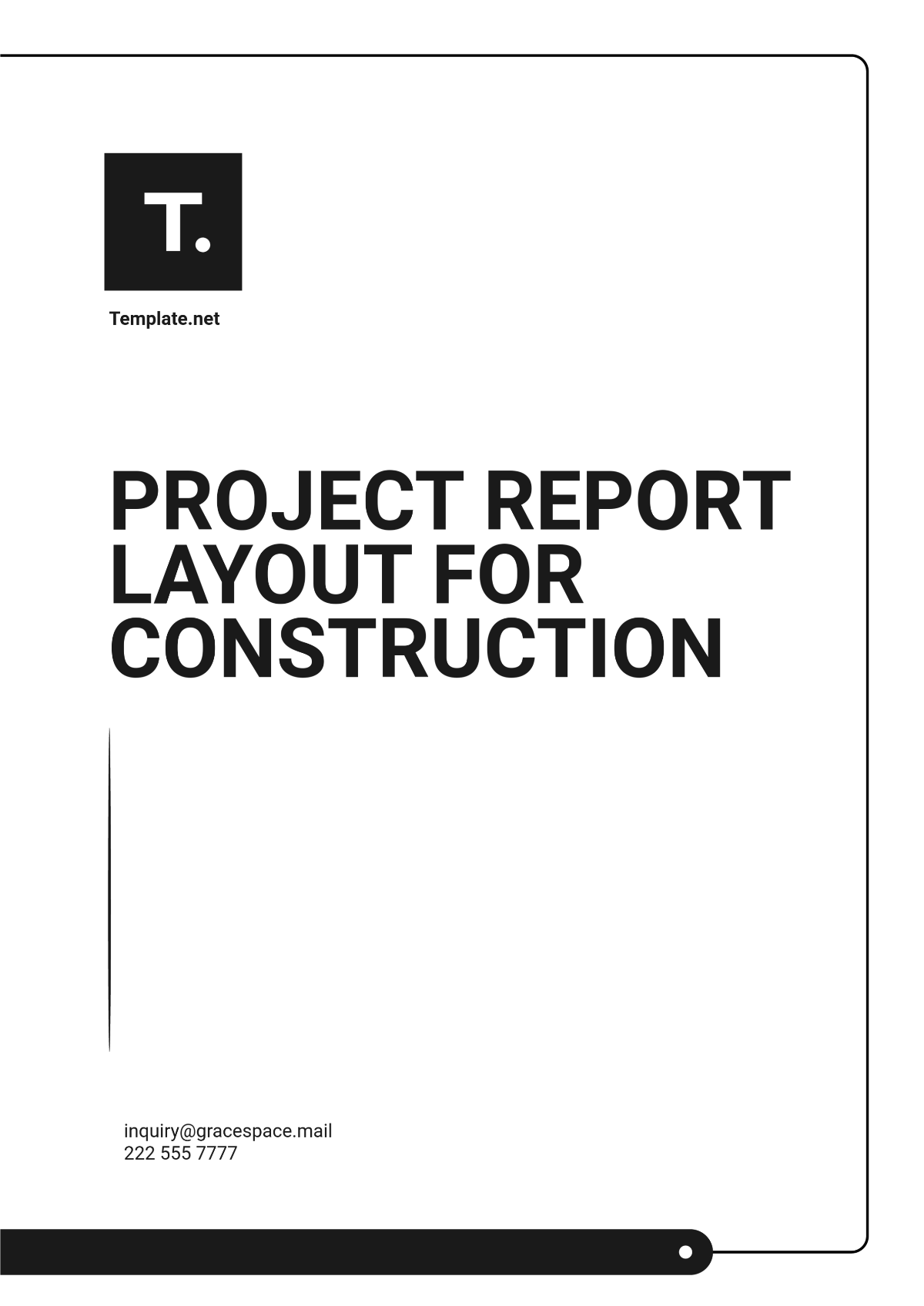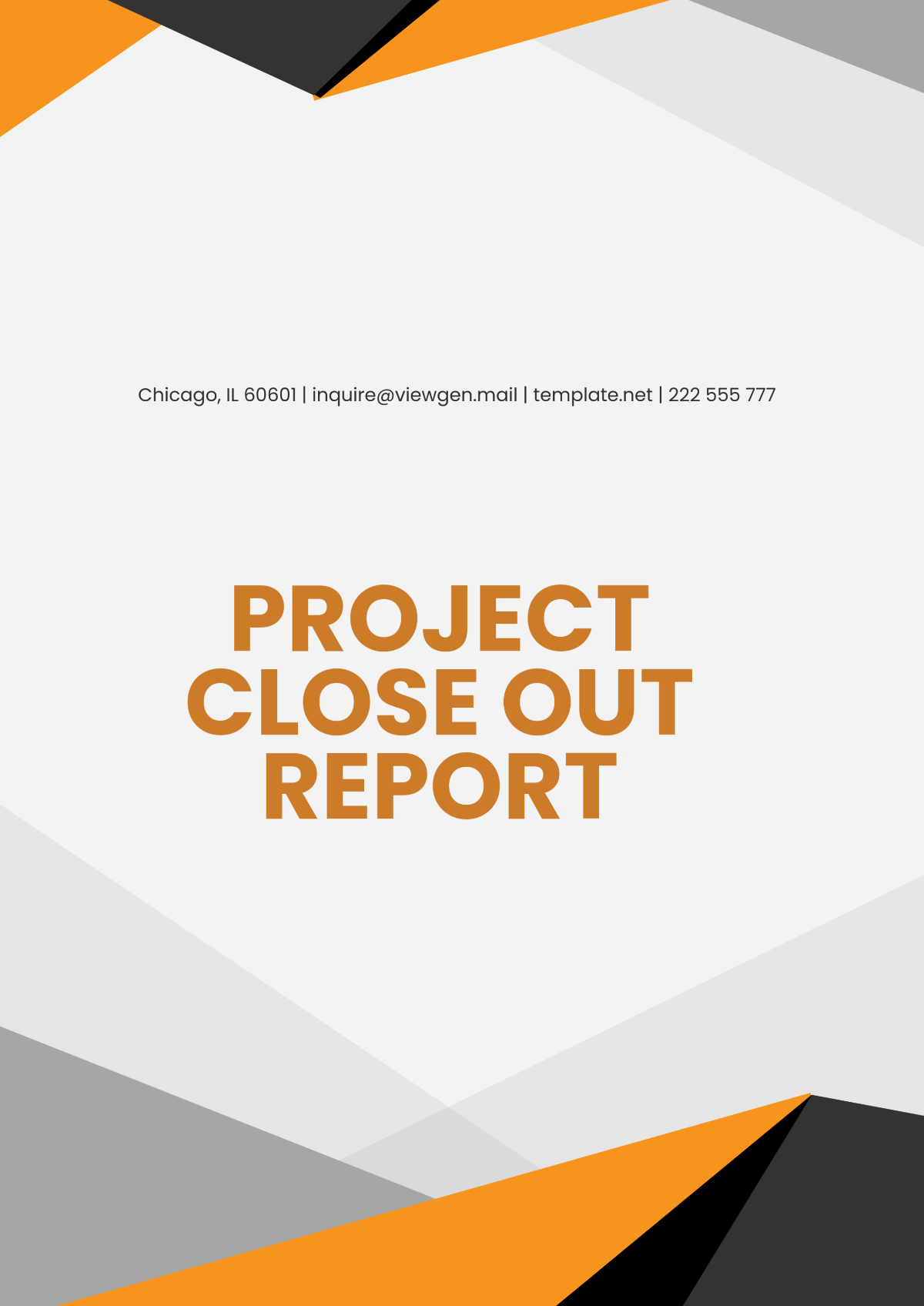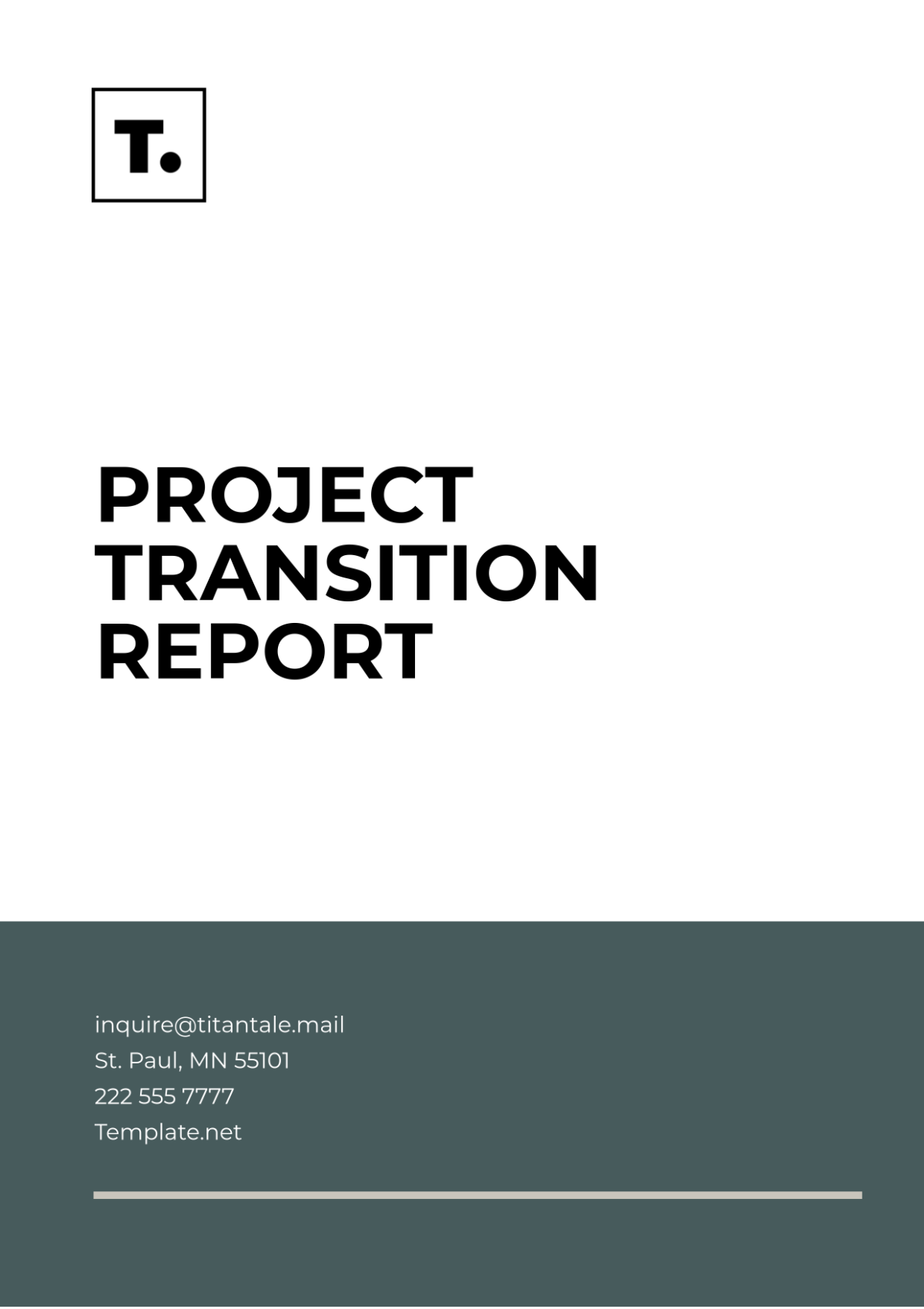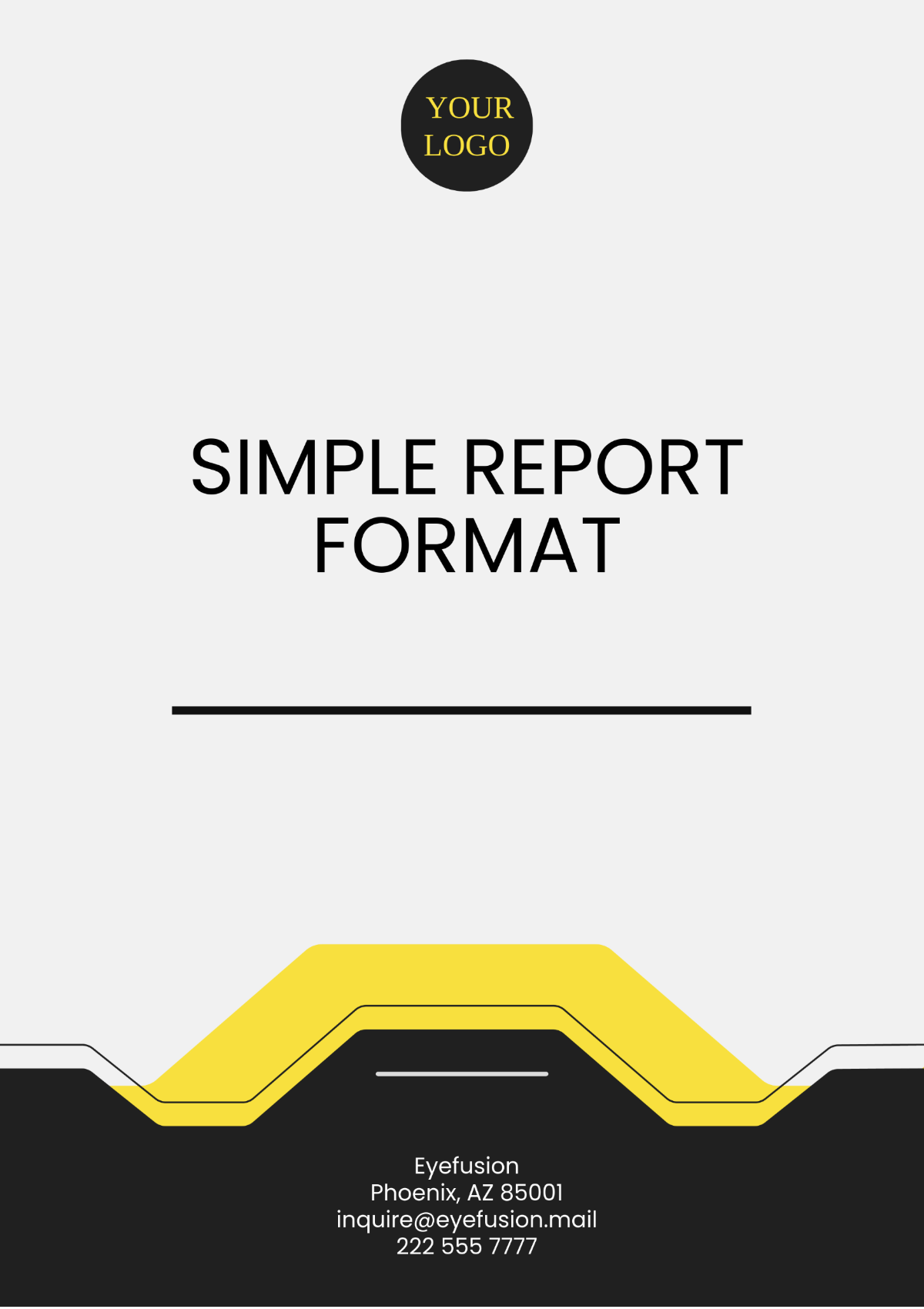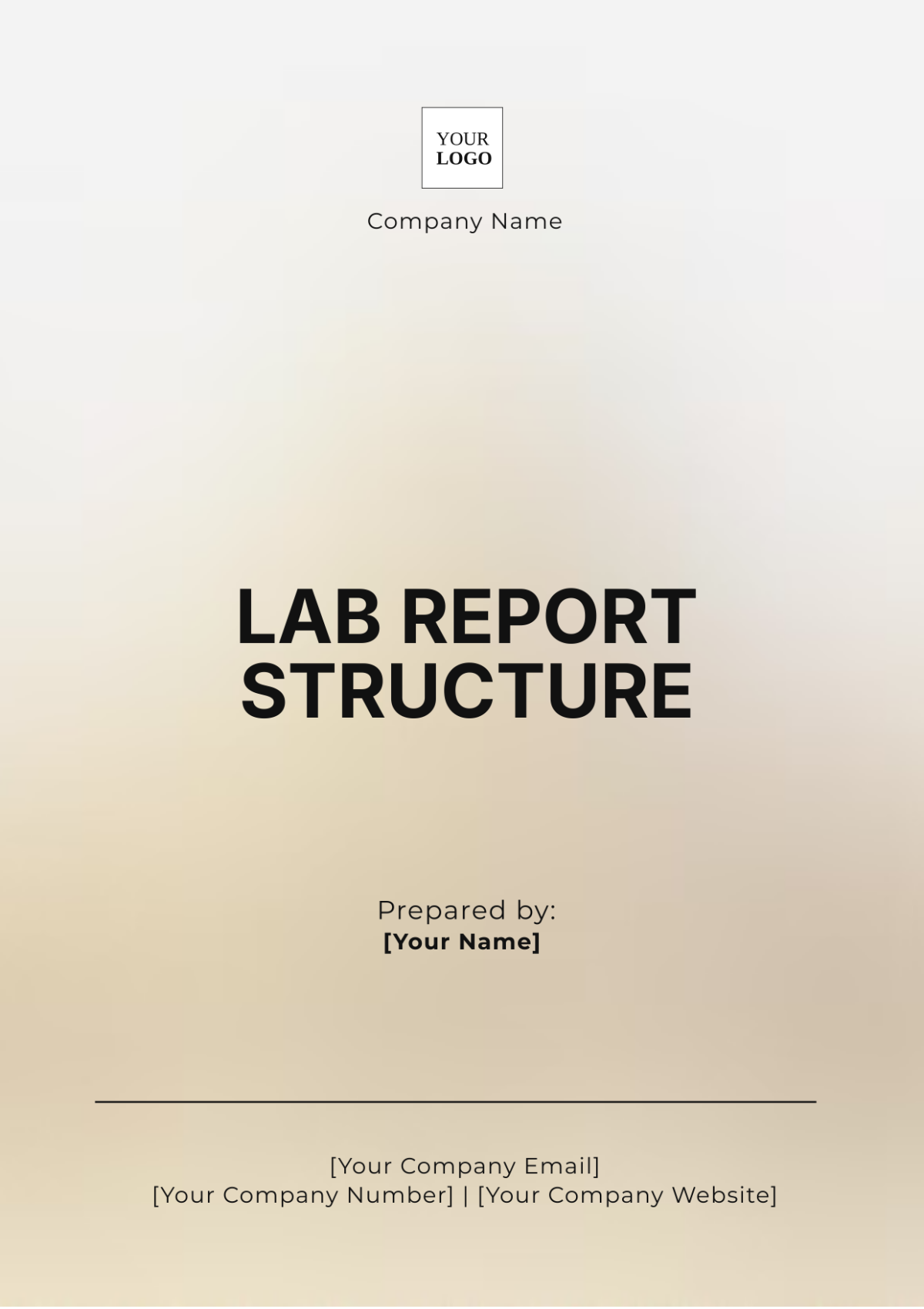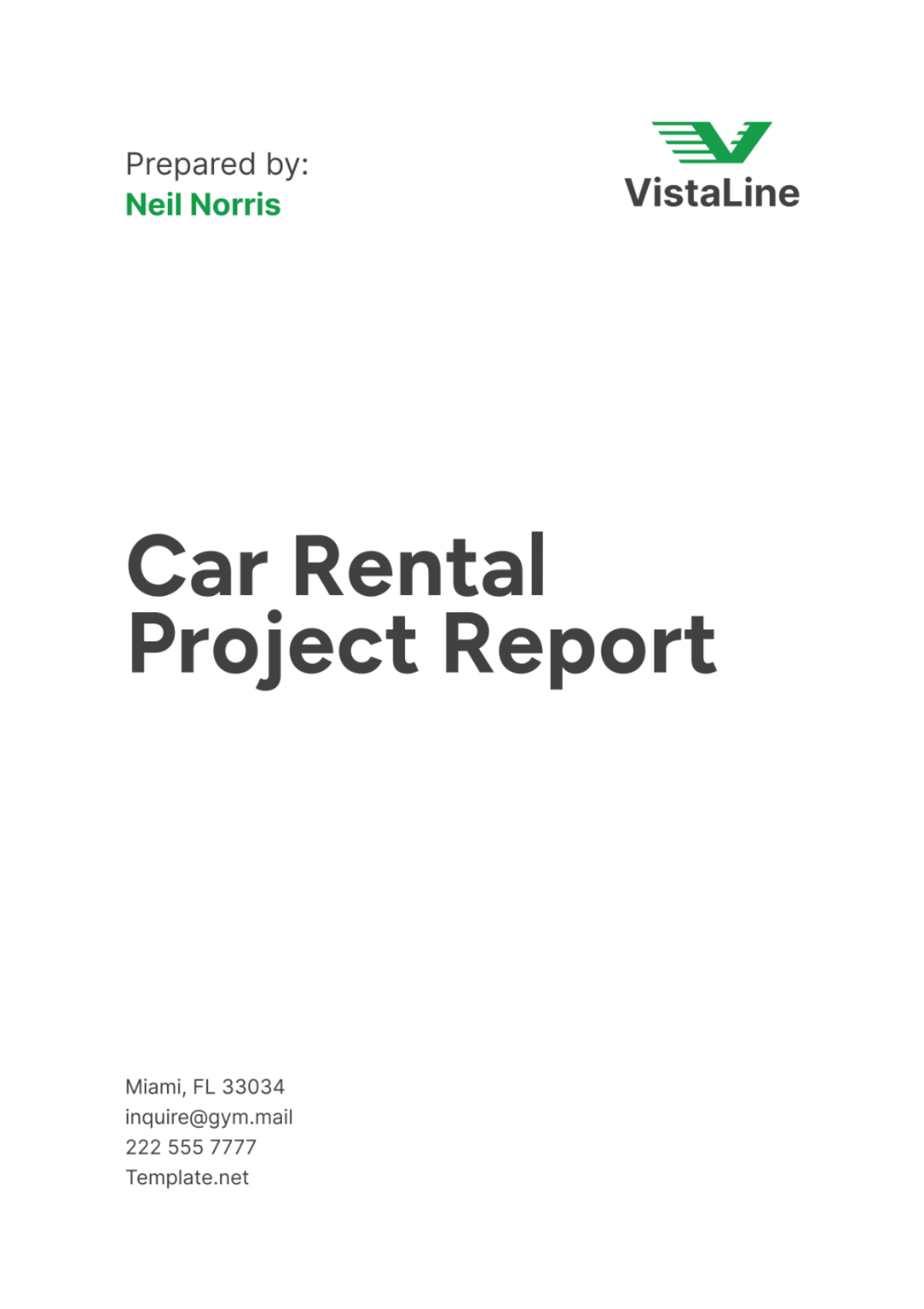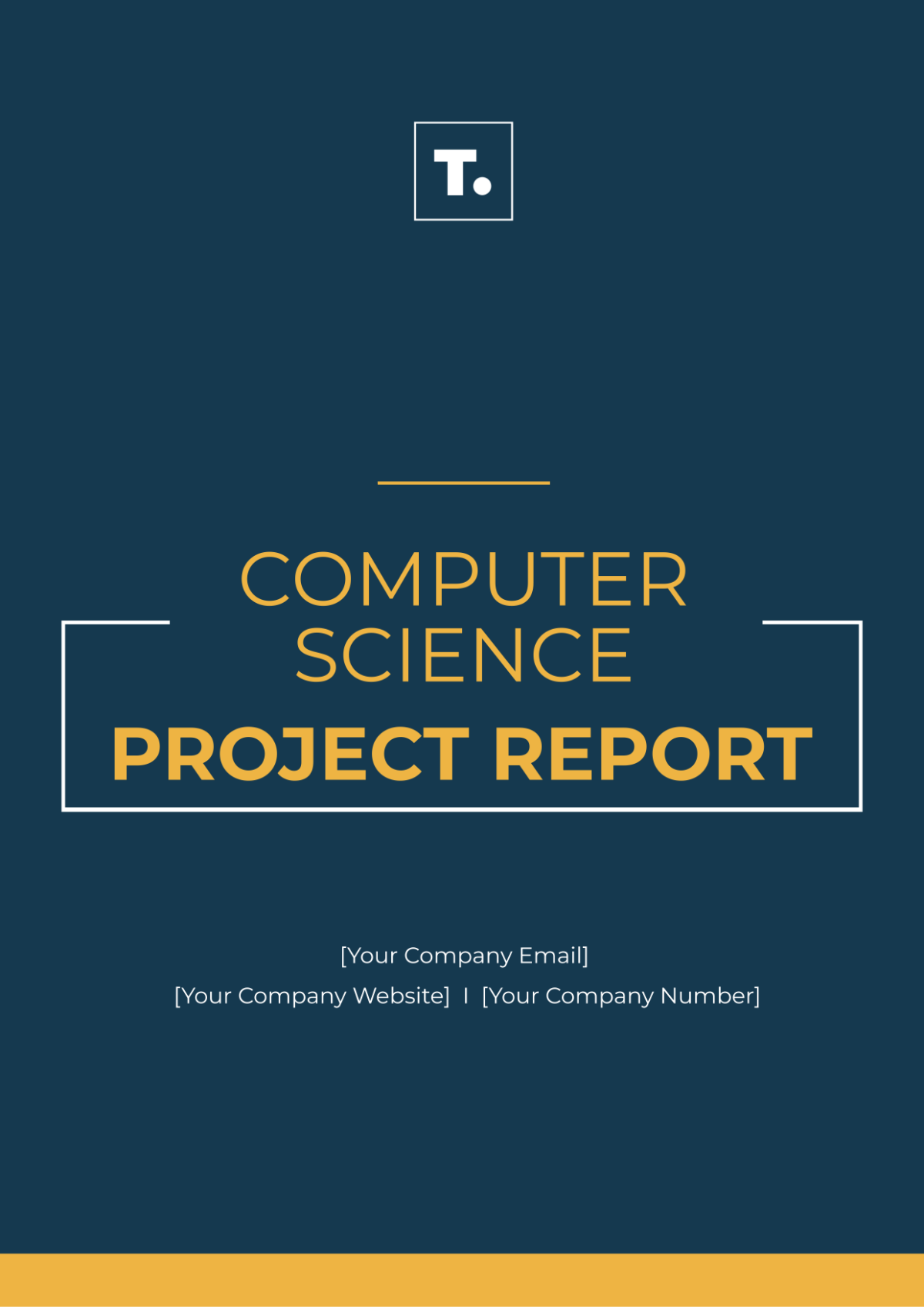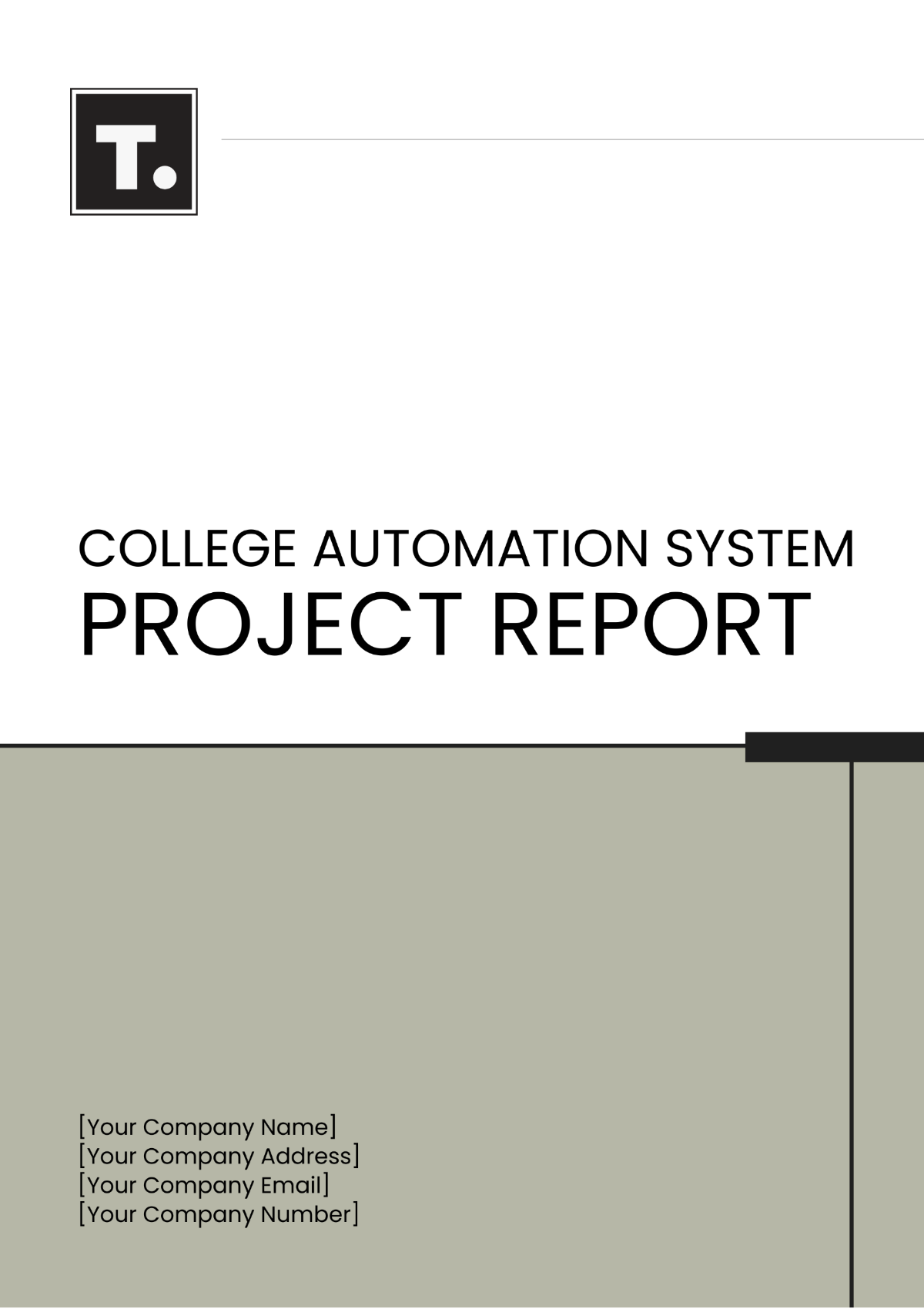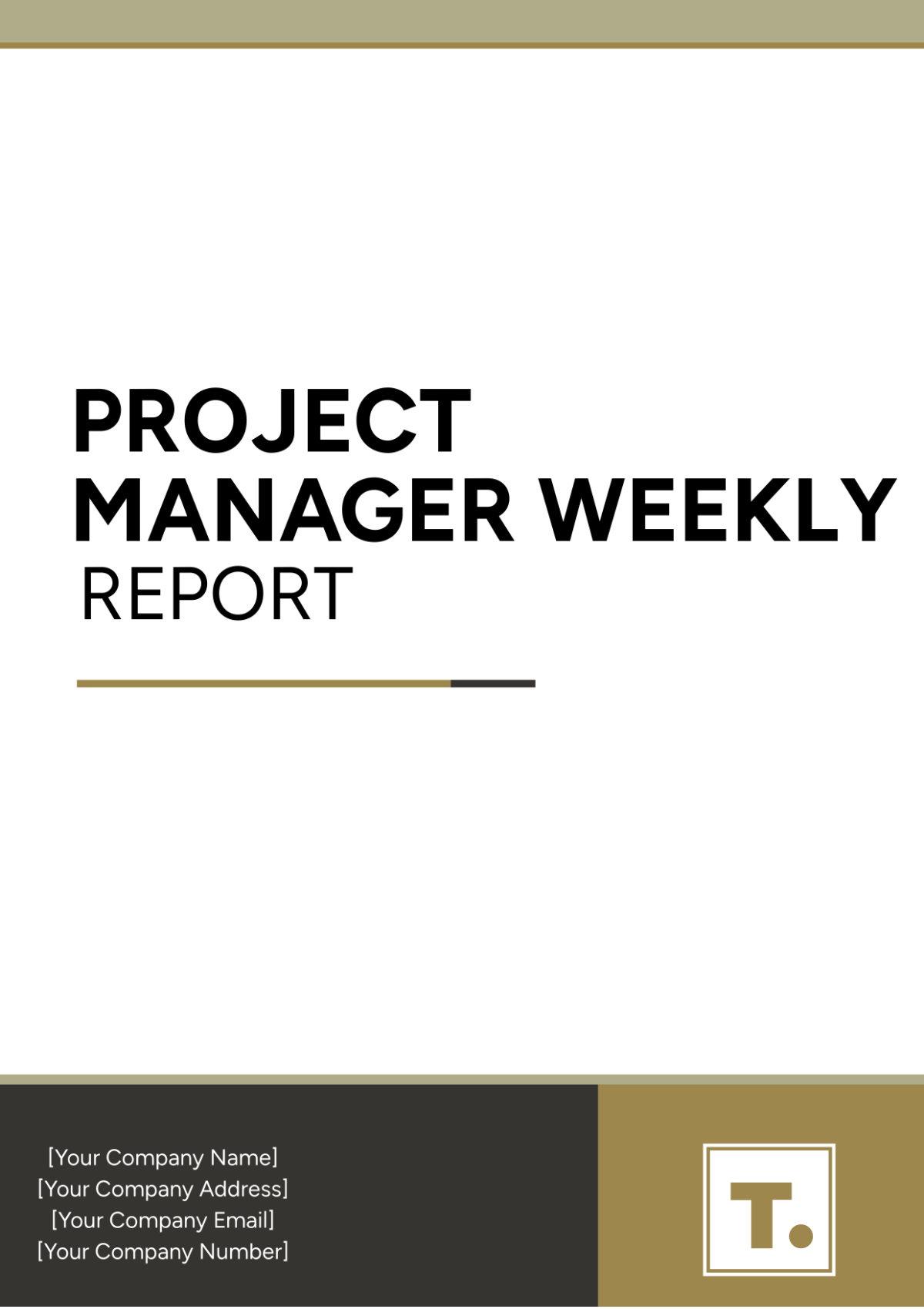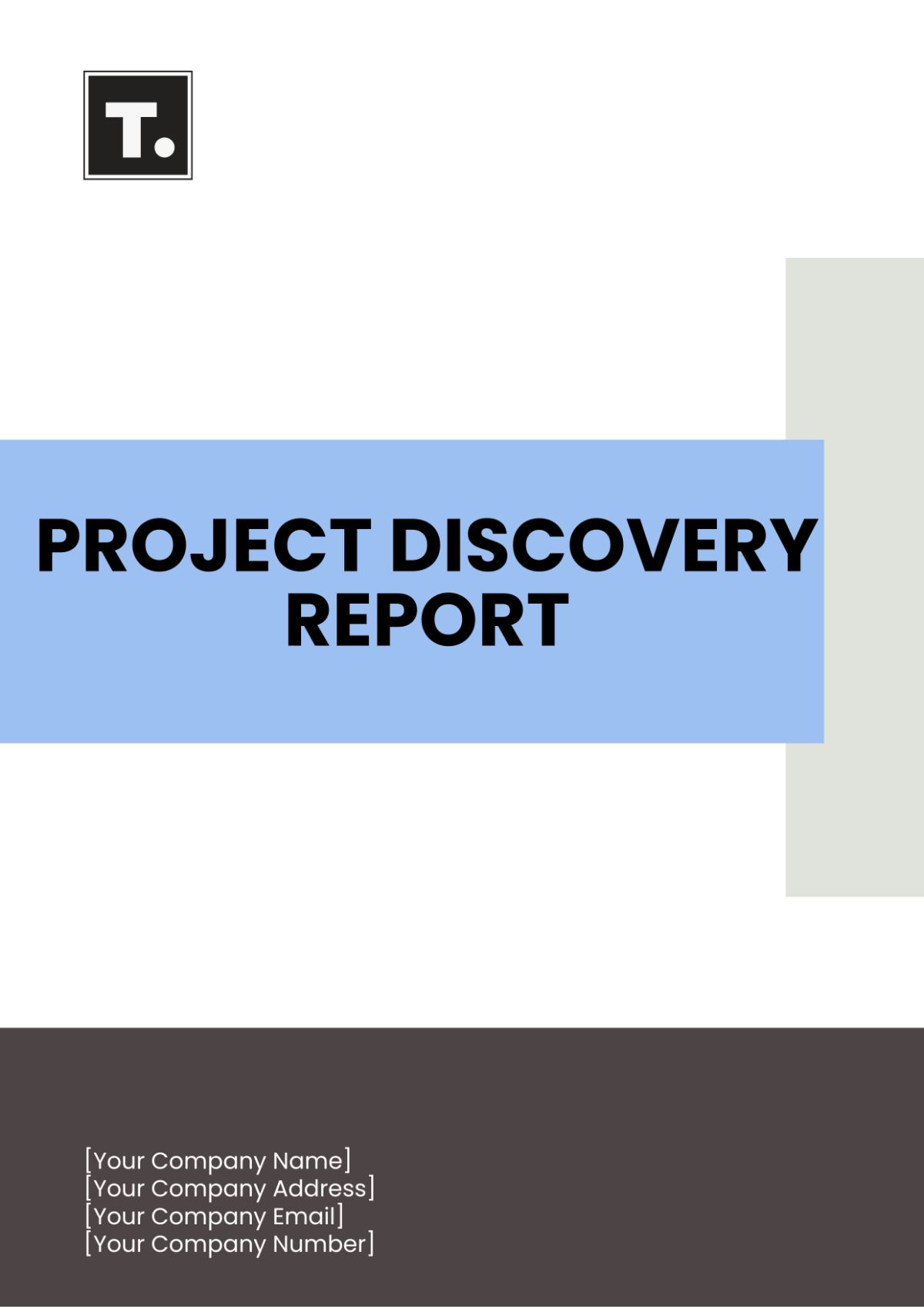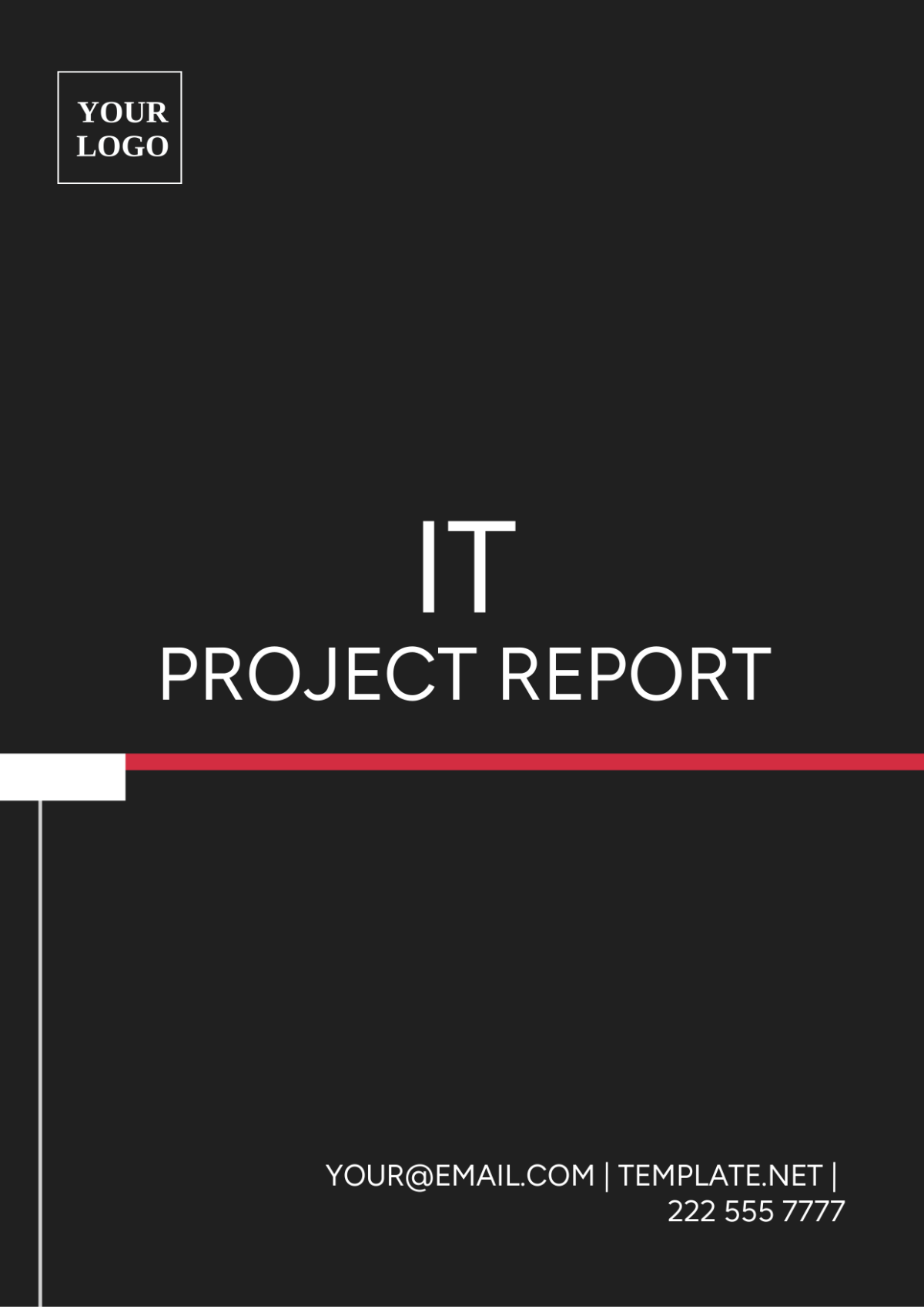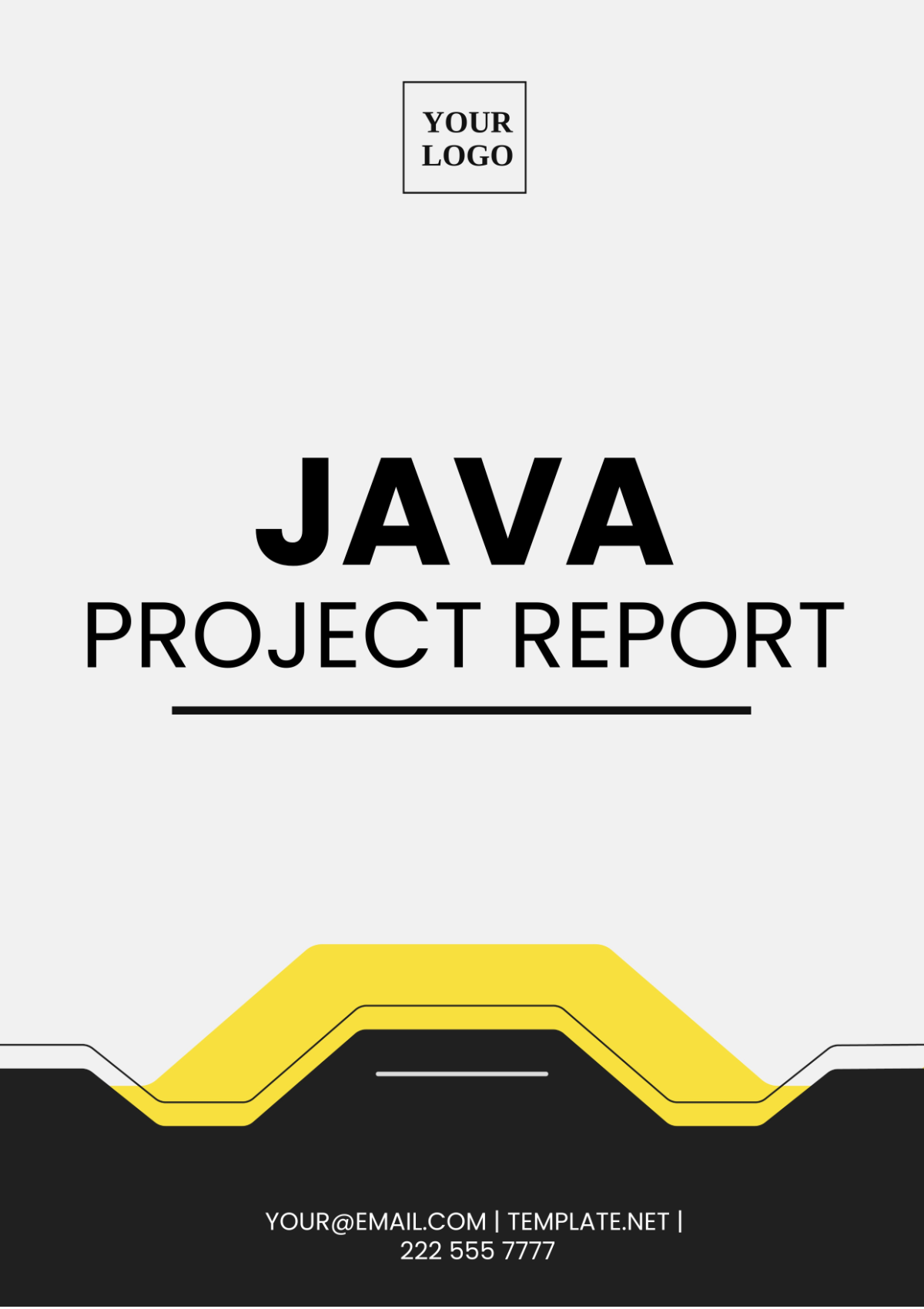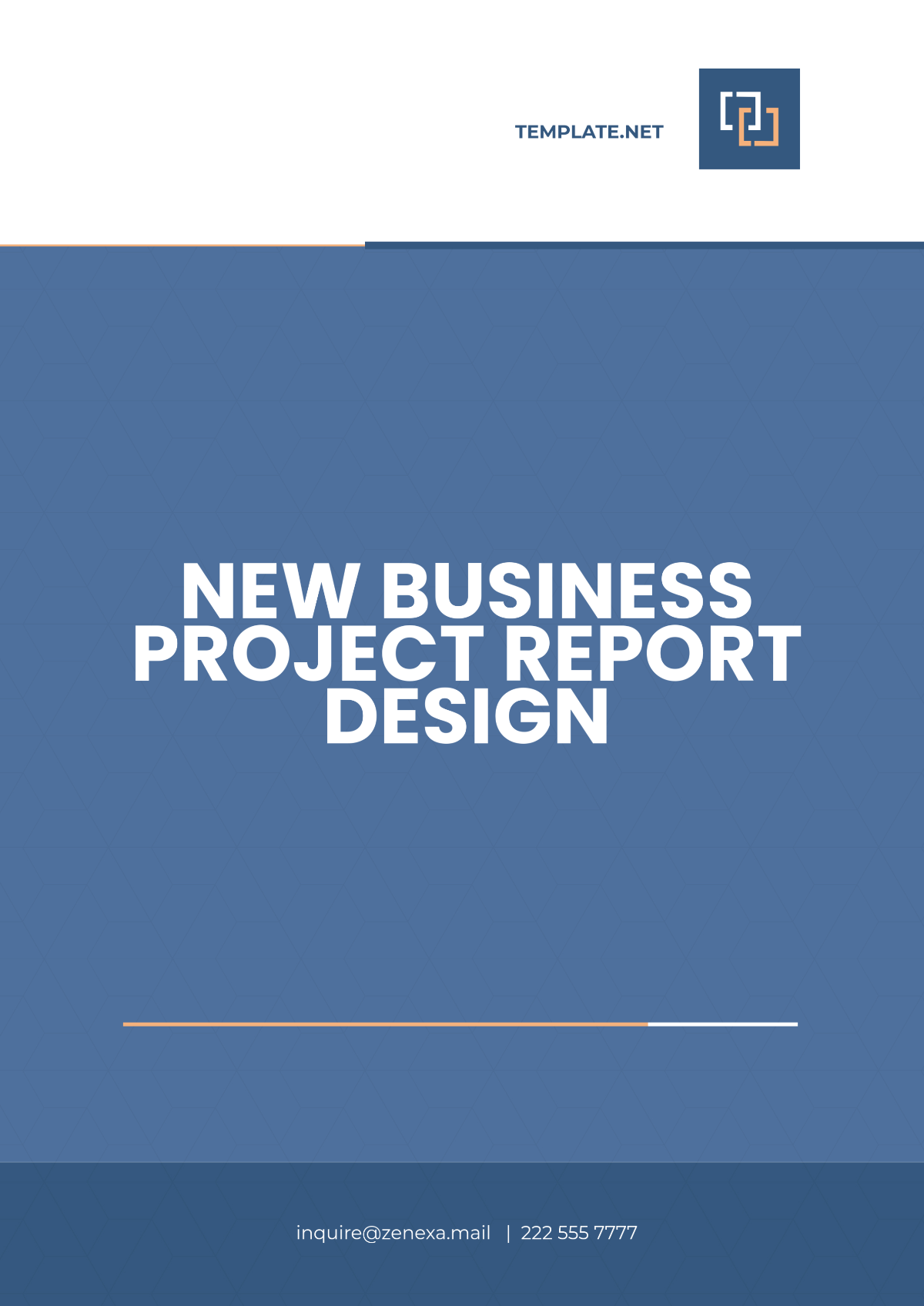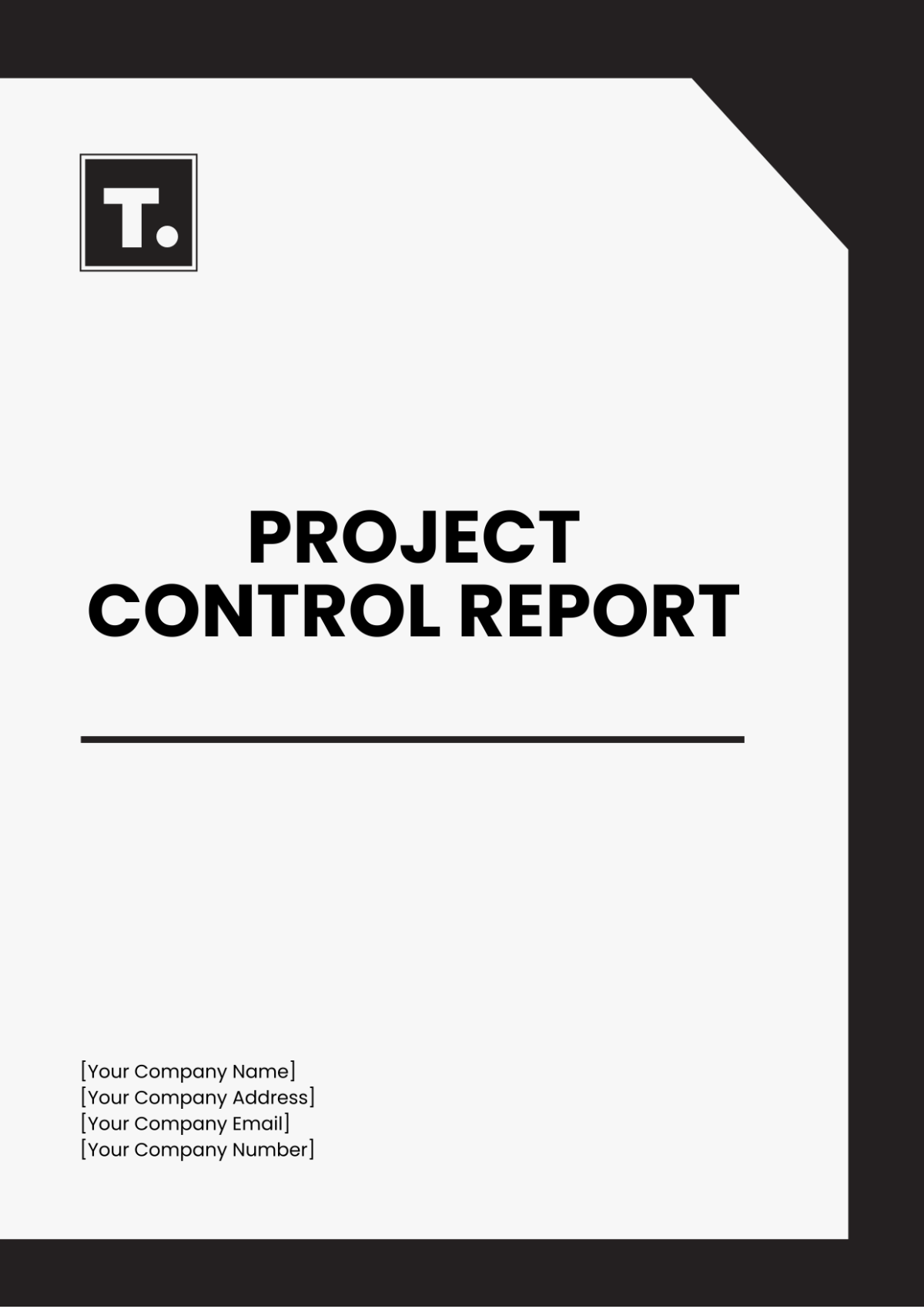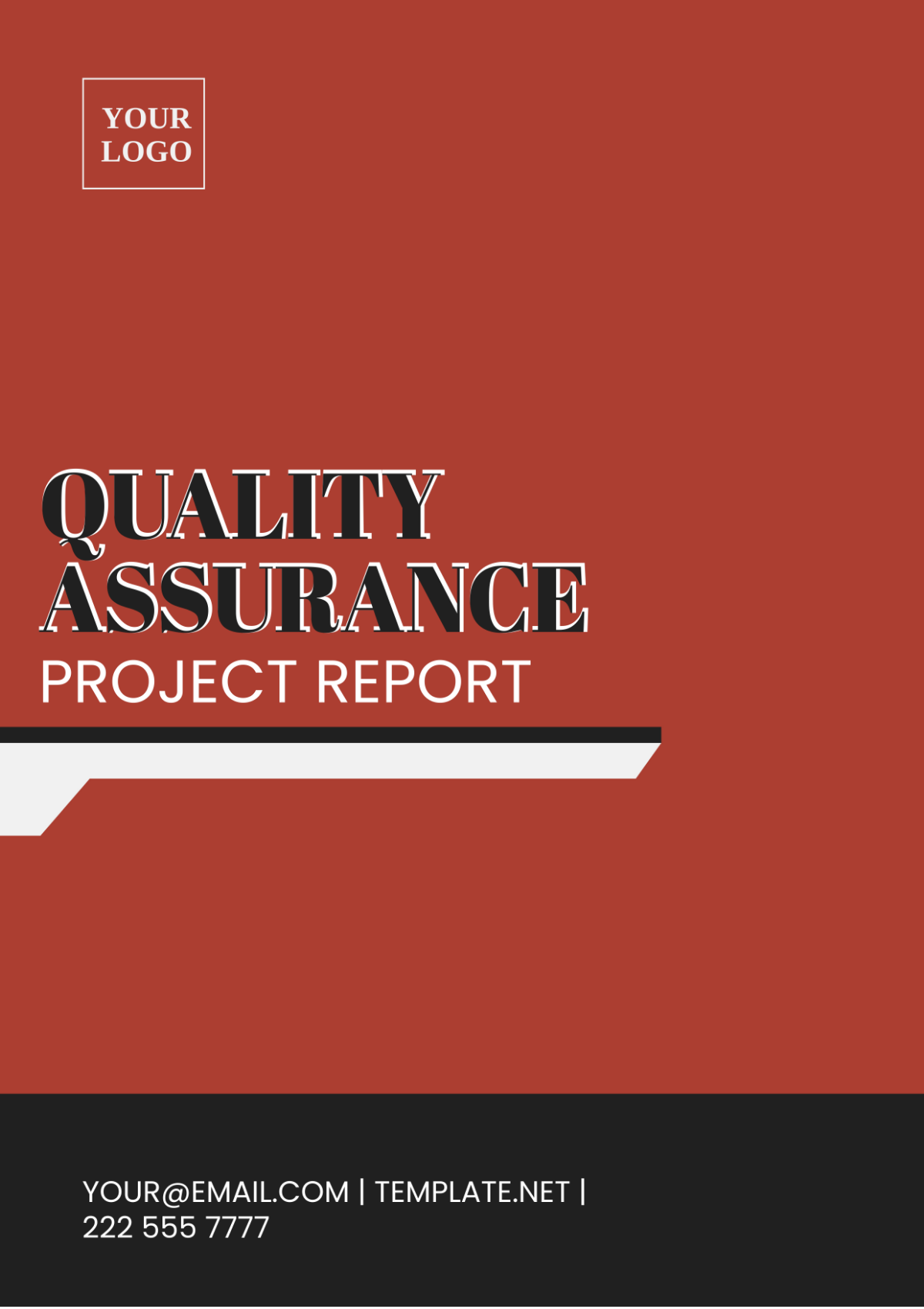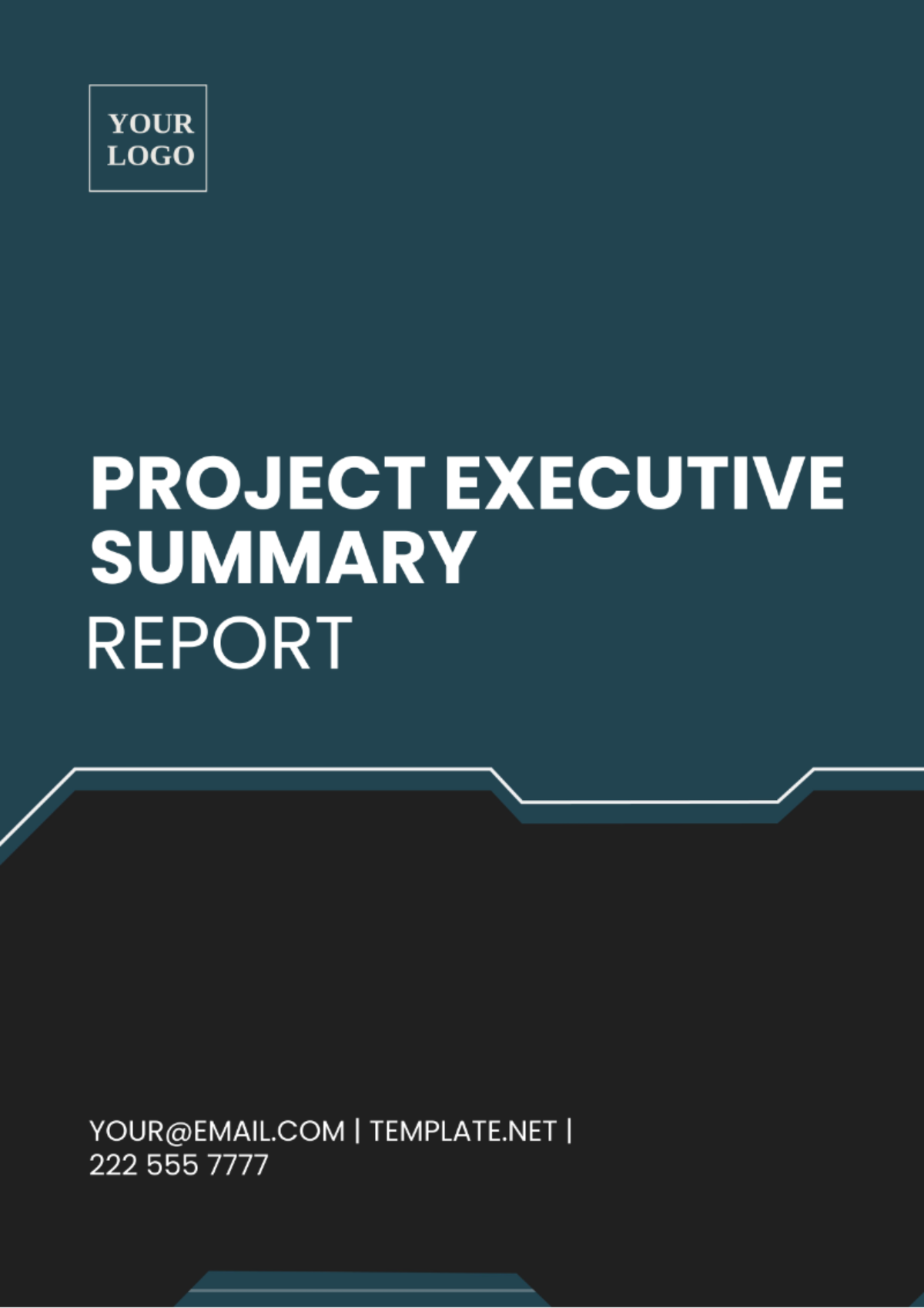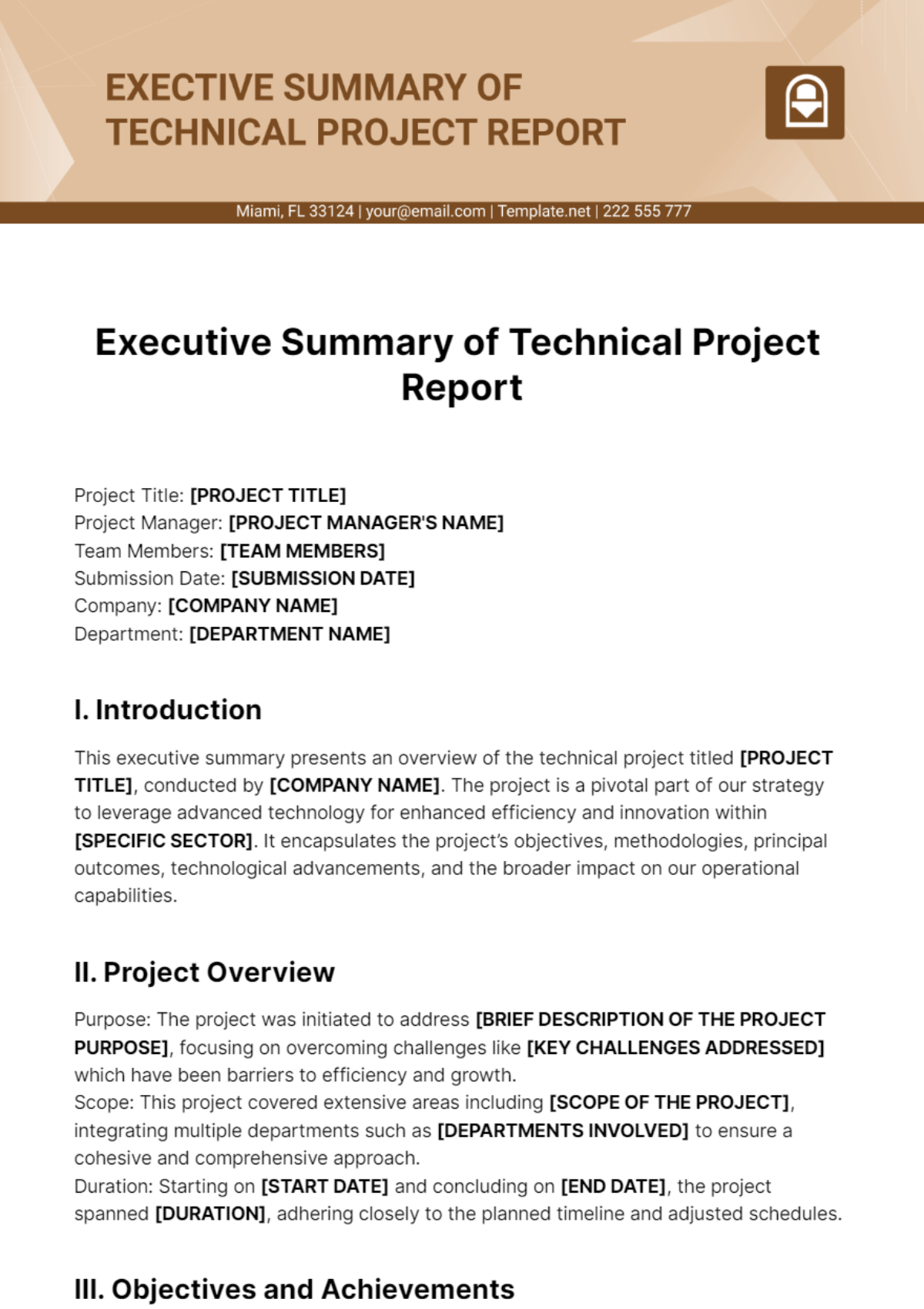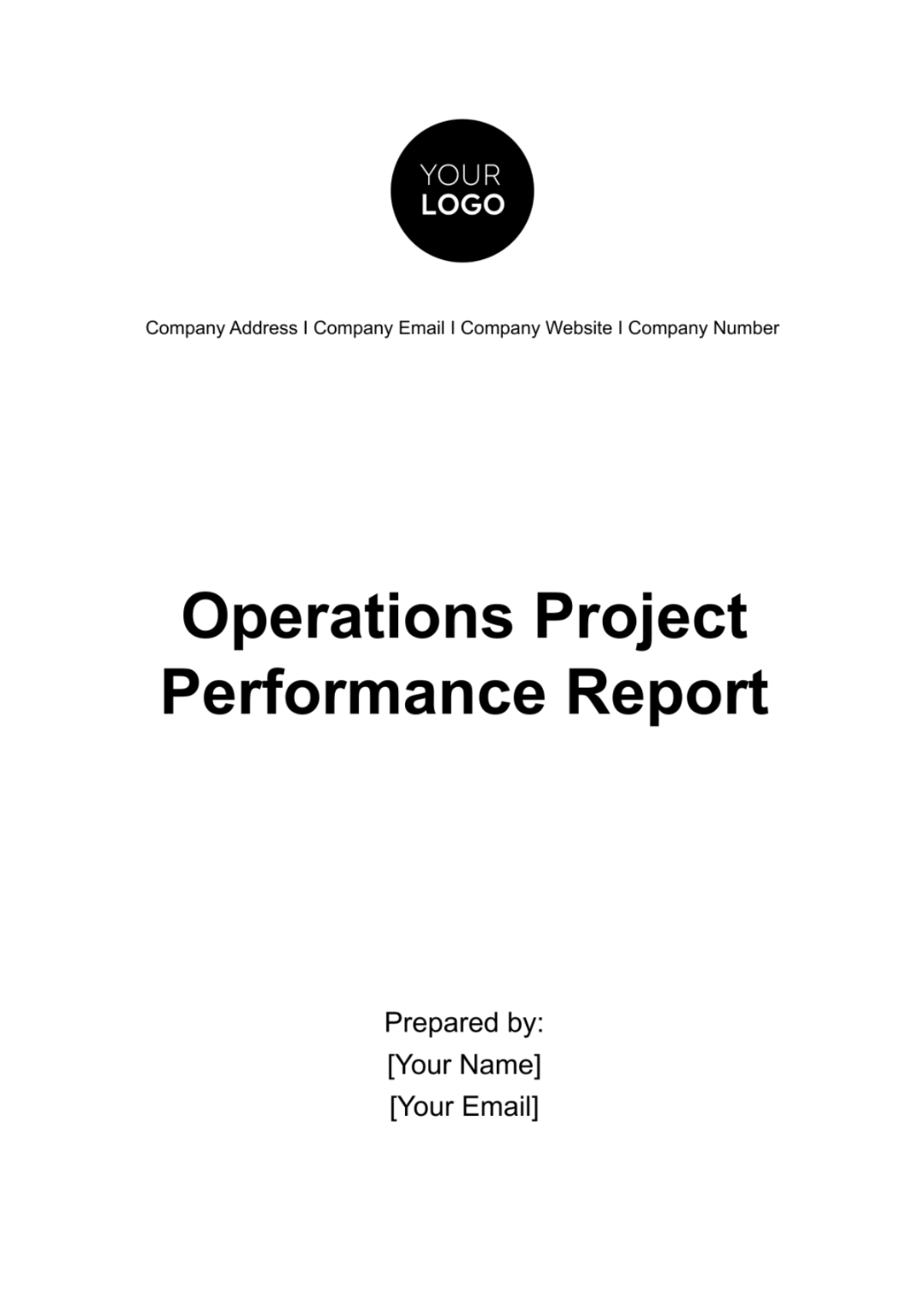Java Project Report
Prepared by: | [Your Name] |
Company Name: | [Your Company Name] |
Date: | [Date] |
I. Executive Summary
This Java project report outlines the development, features, and implementation phases of the new software solution created by [Your Company Name]. The project aimed to deliver a robust and scalable Java-based application to meet the specific requirements of our clients. The report provides a comprehensive overview of the project from its conceptualization to its completion.
II. Introduction
Our project, "[Project Name]," aims to revolutionize the online learning experience by developing a robust, scalable, and user-friendly learning management system (LMS) using Java technology. Initiated in 2050, this project seeks to address the growing demand for digital education platforms amidst the global shift towards remote learning.
III. Project Overview
Project Name | "[Project Name]" |
Project Objective | To revolutionize the online learning experience by developing a robust, scalable, and user-friendly learning management system (LMS) using Java technology. |
Initiation Year | 2050 |
Project Lead | [Your Company Name] |
Collaboration | Educational experts and stakeholders from various academic institutions |
Scope | To create an intuitive LMS that caters to the diverse needs of students, educators, and administrators alike. |
IV. Requirements Analysis
Through extensive consultations with educators and educational technologists, we identified the following key requirements for "[Project Name]":
Seamless user authentication and role-based access control
Intuitive course creation and management tools
Support for multimedia content, assessments, and progress tracking
Integration with existing learning tools and systems
Scalability to accommodate a growing user base
V. Design and Architecture
"[Project Name]" adopts a modular, microservices-based architecture to ensure flexibility and scalability. The system is designed to leverage cloud-native technologies for optimal performance and reliability. Key components include:
User management service
Course management service
Content delivery service
Analytics and reporting engine
VI. Implementation Details
Development commenced in early 2051, utilizing Java Enterprise Edition (Java EE) for backend services and Angular for the frontend interface. We adopted Agile methodologies, with sprints planned every two weeks to iterate on features and gather feedback from stakeholders.
VII. Testing and Quality Assurance
Rigorous testing procedures were implemented throughout the development lifecycle, including unit tests, integration tests, and user acceptance testing (UAT). Automated testing frameworks such as JUnit and Selenium were employed to ensure code quality and system reliability.
VIII. Results and Findings
"[Project Name]" successfully launched in Q3 of 2052, garnering positive feedback from beta testers and early adopters. Key findings include:
Increased engagement and satisfaction among users
Streamlined course creation and administration processes
Improved learning outcomes through data-driven insights
IX. Conclusion and Future Work
In conclusion, the development of "[Project Name]" represents a significant milestone in our commitment to advancing digital education. Looking ahead, we aim to further enhance the platform with features such as personalized learning recommendations, AI-driven analytics, and seamless integration with emerging technologies.
